Bollywood icon Dharmendra passed away on November 24 at the age of 89, marking the end of an era in Indian cinema and leaving behind a rich legacy through his expansive Deol lineage.
MUMBAI – Bollywood legend Dharmendra has passed away at the age of 89, a loss that resonates deeply within the Indian film industry. He died on November 24 after a period of recovery at home following his admission to Breach Candy Hospital in South Mumbai. His passing has prompted an outpouring of condolences from fans and colleagues alike, with notable tributes, including an obituary published by The New York Times, highlighting his significant impact on cinema and audiences in India.
Dharmendra’s death signifies the conclusion of a remarkable era in Bollywood, where he dedicated over six decades to building one of the industry’s most enduring legacies. He leaves behind a multi-generational family that is intricately woven into the fabric of Indian cinema, alongside an estimated personal net worth ranging between Rs 335 crore and Rs 450 crore, according to NDTV.
Born in Nasrali village, located in Punjab’s Ludhiana district, Dharmendra was the son of schoolteacher Kewal Krishan Singh Deol and Satwant Kaur. His journey into the film industry began in the late 1950s when Filmfare magazine, in collaboration with Bimal Roy Productions, held a nationwide talent contest to discover new faces for Hindi cinema. Dharmendra emerged as the winner in 1958, recognized for his striking looks and natural charm, which opened the door to his illustrious career.
He quickly gained fame for his emotional depth and effortless screen presence, showcasing remarkable versatility across genres. Dharmendra starred in numerous iconic films, including ‘Phool Aur Patthar,’ which established him as a leading man, and ‘Sholay,’ where his portrayal of the lovable and witty Veeru became legendary. His impeccable comic timing was evident in ‘Chupke Chupke,’ while action-packed dramas like ‘Yaadon Ki Baaraat’ solidified his status as the quintessential Bollywood hero.
Before embarking on his film career, Dharmendra married Prakash Kaur in 1954, and the couple raised four children together. Their eldest son, Sunny Deol, has made a name for himself as an actor, filmmaker, and politician. Sunny is married to Pooja Deol, and they have two sons, Karan and Rajveer. Karan, who is married to Drisha Acharya, has already entered the film industry alongside his brother Rajveer.
Dharmendra’s younger son, Bobby Deol, also carved out a successful career in films and is married to interior designer Tanya Ahuja. They have two sons, Aryaman and Dharam, while their daughters, Vijayta and Ajeeta, have chosen paths outside the film industry. Vijayta lives a private life with her husband Vivek Gill and their children, Prerna and Sahil, while Ajeeta resides in California with her husband, Dr. Kiran Chaudhri, and their daughters, Dr. Nikita Mina and Dr. Prianka Chaudhri.
In 1980, Dharmendra married ‘Dream Girl’ Hema Malini, a superstar of her time who is now a BJP MP, film producer, and dancer. Their relationship garnered significant public attention, particularly because Dharmendra remained legally married to Prakash Kaur. Despite the scrutiny, their marriage endured, becoming somewhat of a norm in an industry where second marriages have become more common.
Dharmendra and Hema Malini have two daughters. Esha Deol, an actress, is married to businessman Bharat Takhtani, and they share two daughters, Radhya and Miraya. Ahana Deol, an Odissi dancer and entrepreneur, is married to Vaibhav Vohra, and they have twin daughters, Astraia and Adea, along with a son, Darien.
Although Hema Malini and her daughters have long resided separately in Mumbai, Dharmendra maintained cordial relationships and participated in significant family events across both households. He spent his later years at his farmhouse in Khandala, having relocated there due to the worsening pollution levels in Mumbai.
The broader Deol family includes Dharmendra’s younger brother, the late Ajit Singh Deol, who was also an actor and producer. His son, actor Abhay Deol, has remained close to his cousins Sunny and Bobby, further enriching the Deol legacy in the film industry.
Dharmendra’s financial legacy reflects his disciplined and successful career. Estimates suggest that his personal wealth ranges between Rs 335 crore and Rs 450 crore. When combined with the earnings and assets of the broader Deol family, their collective fortune is believed to exceed Rs 1,000 crore, establishing them as one of Indian cinema’s most significant dynastic portfolios.
Beyond his cinematic achievements, Dharmendra was cherished for his humility and charisma, making him a beloved figure both on and off the screen. He was honored with the Padma Bhushan, India’s third-highest civilian award, recognizing his contributions to the arts.
Source: Original article

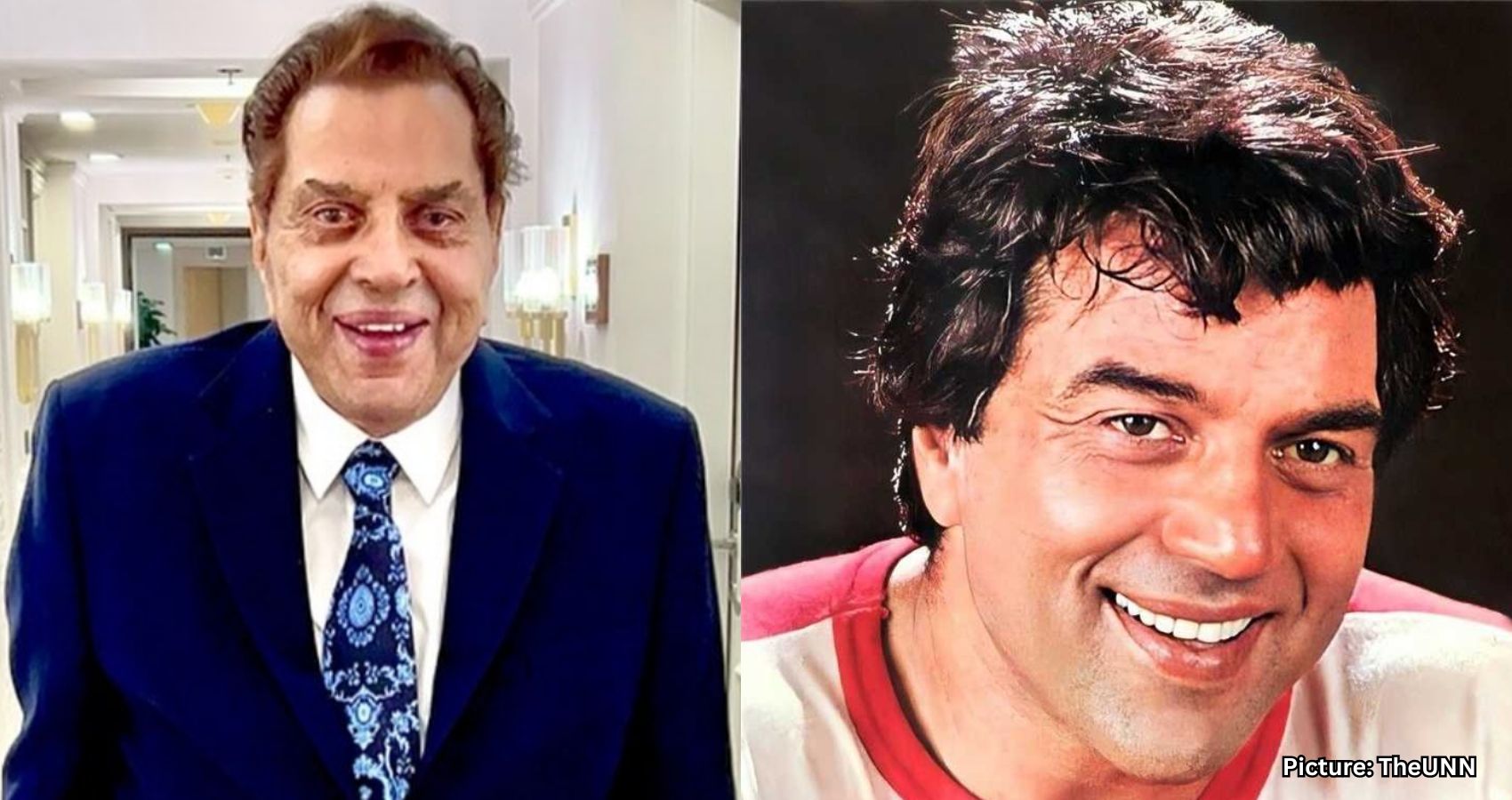
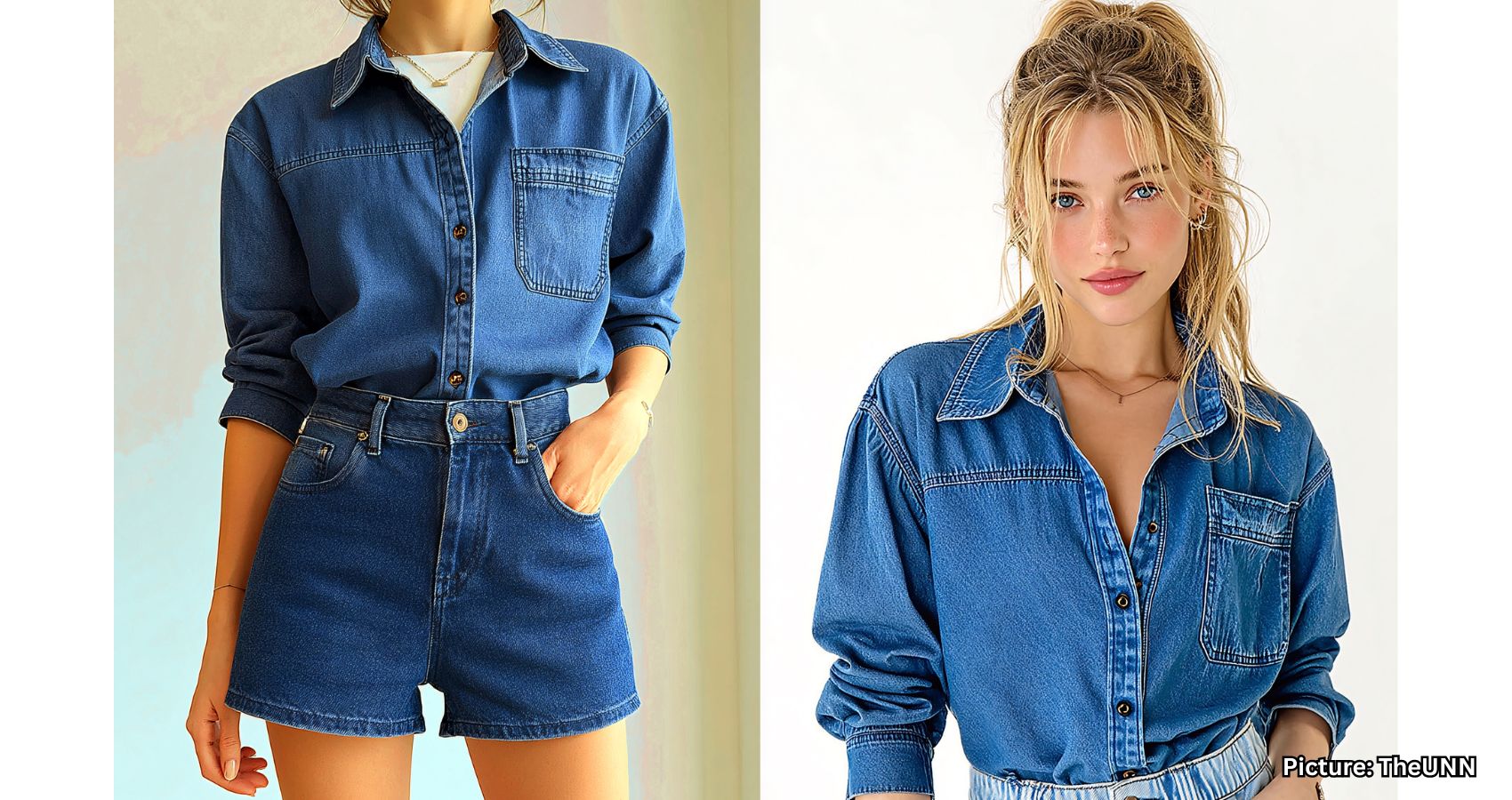




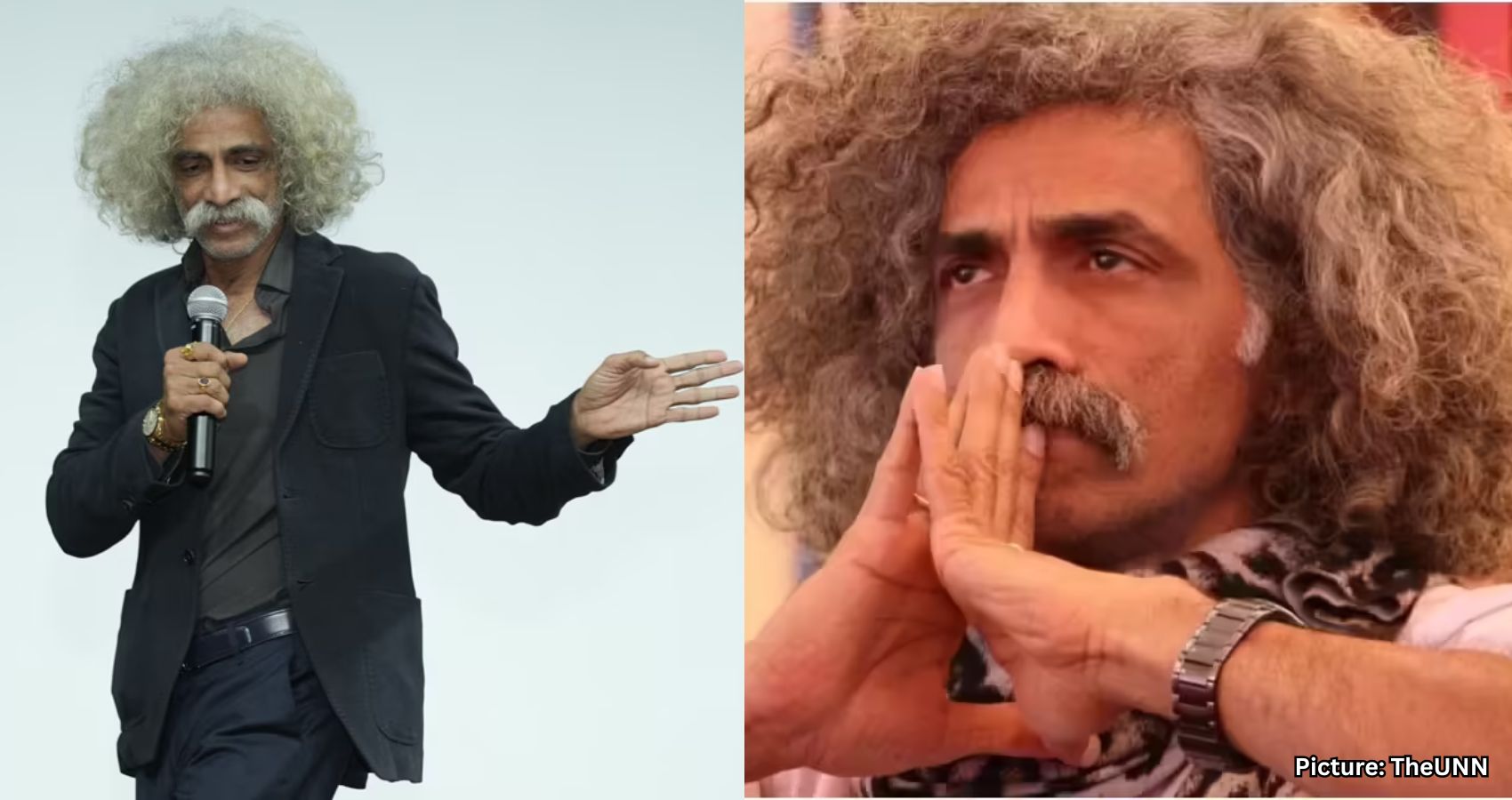



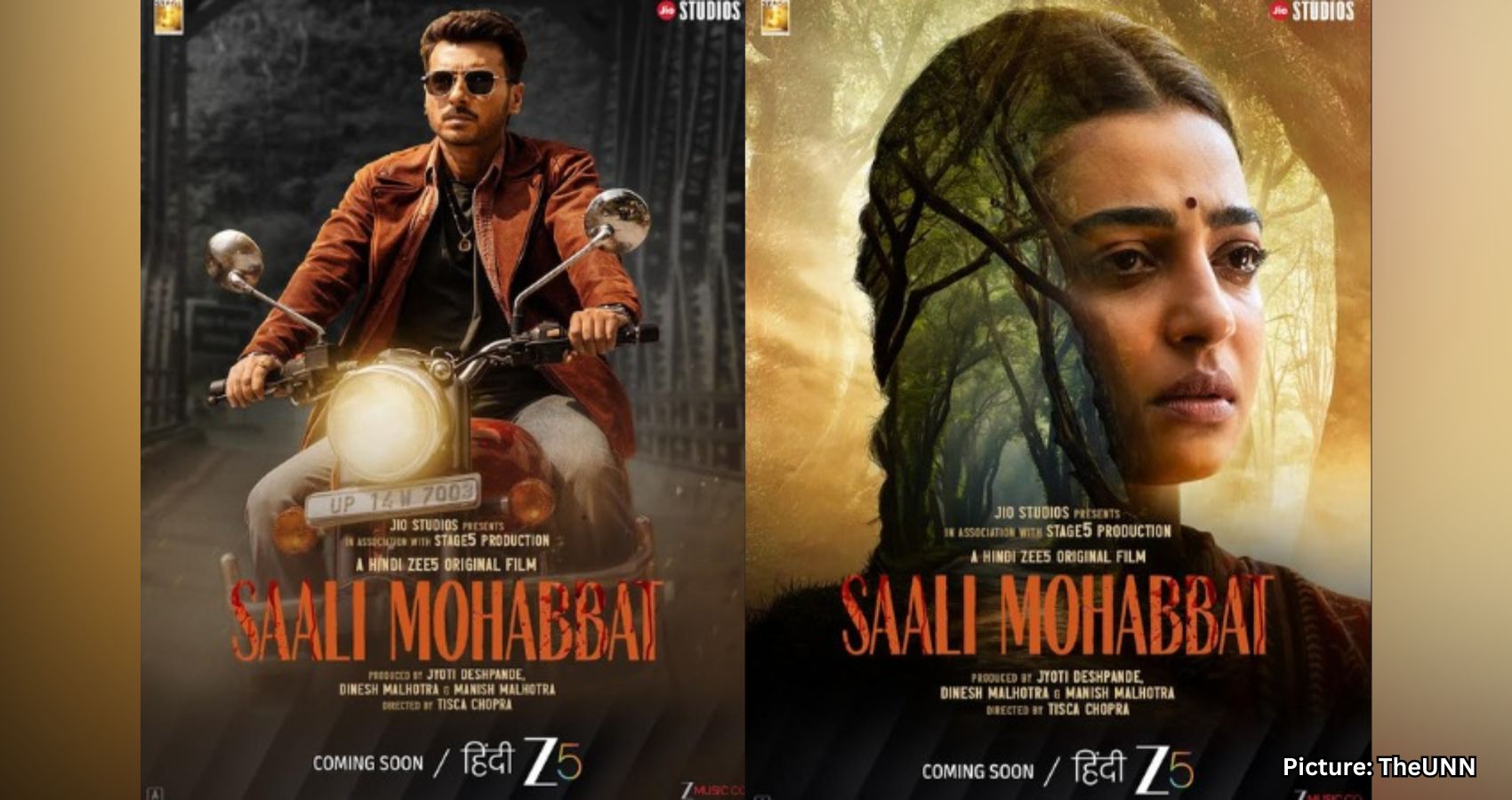
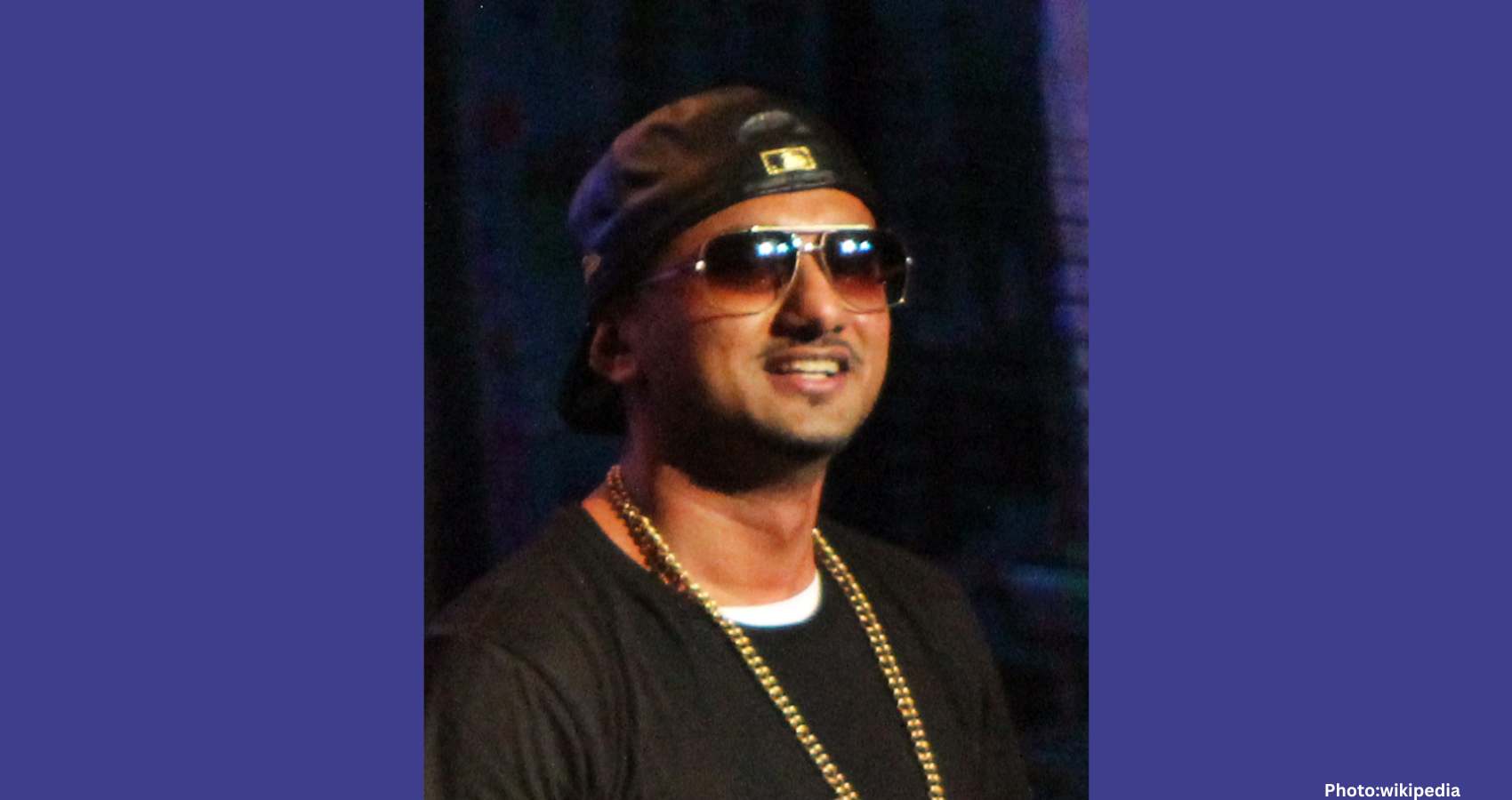
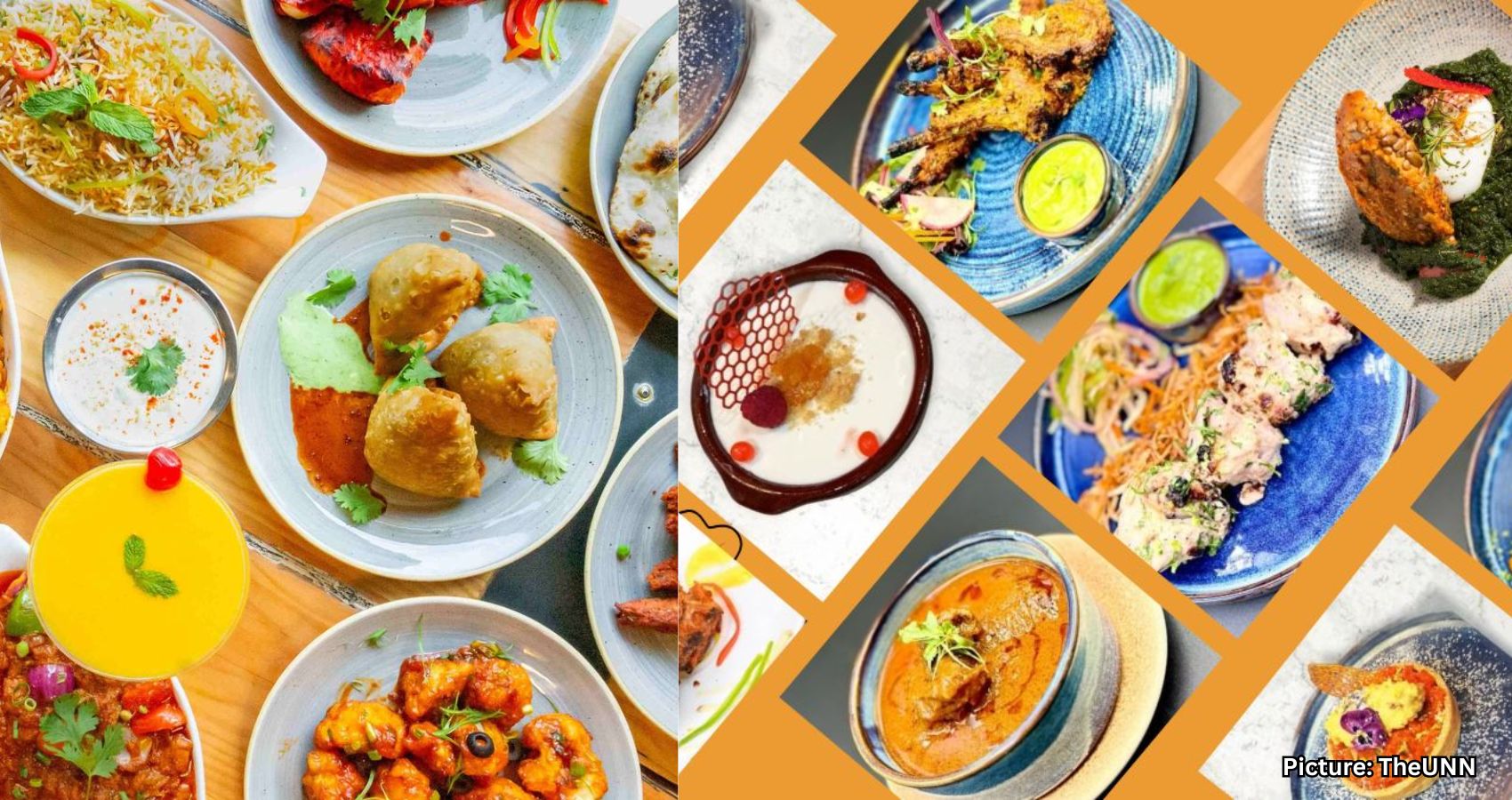
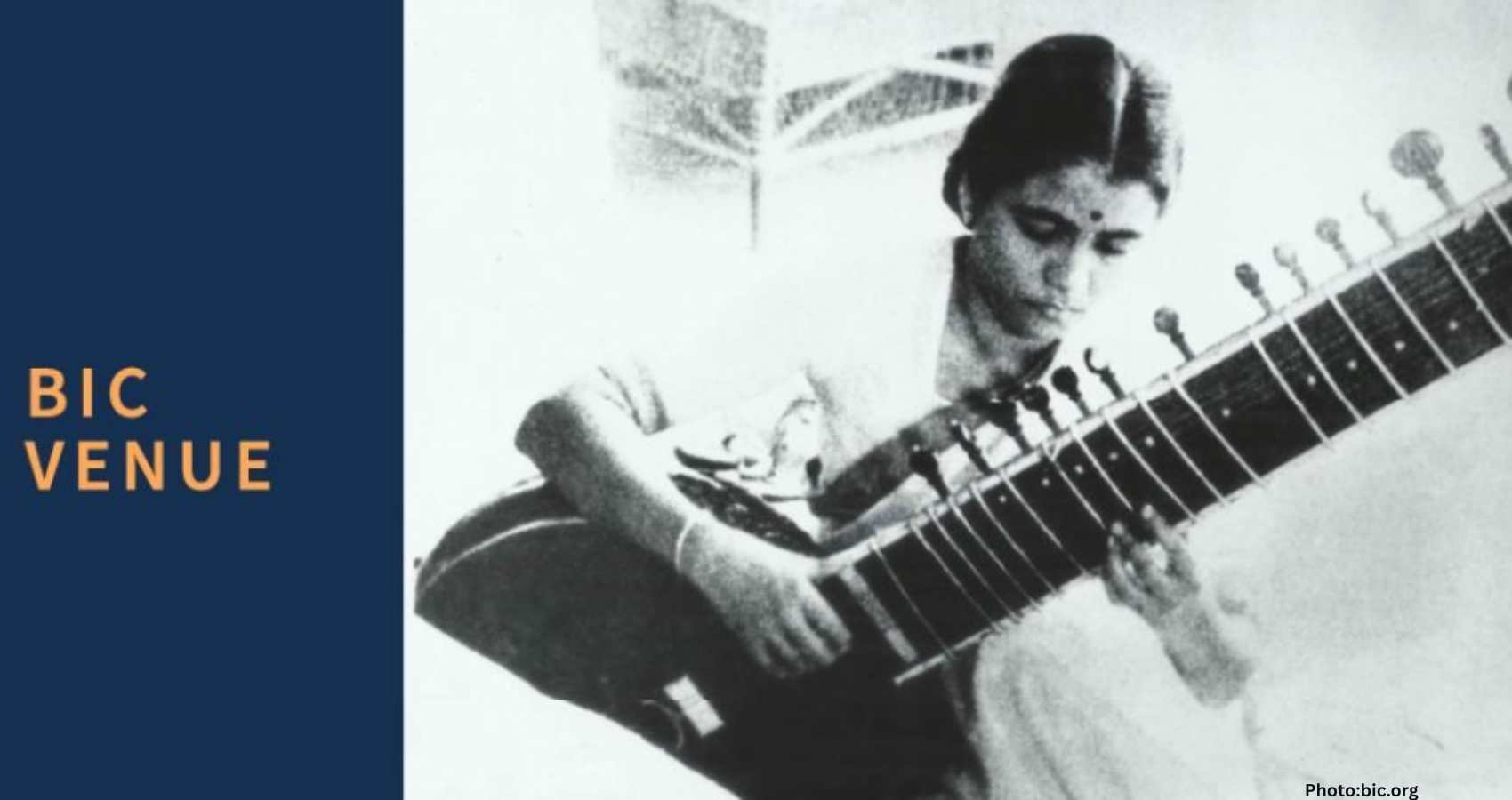

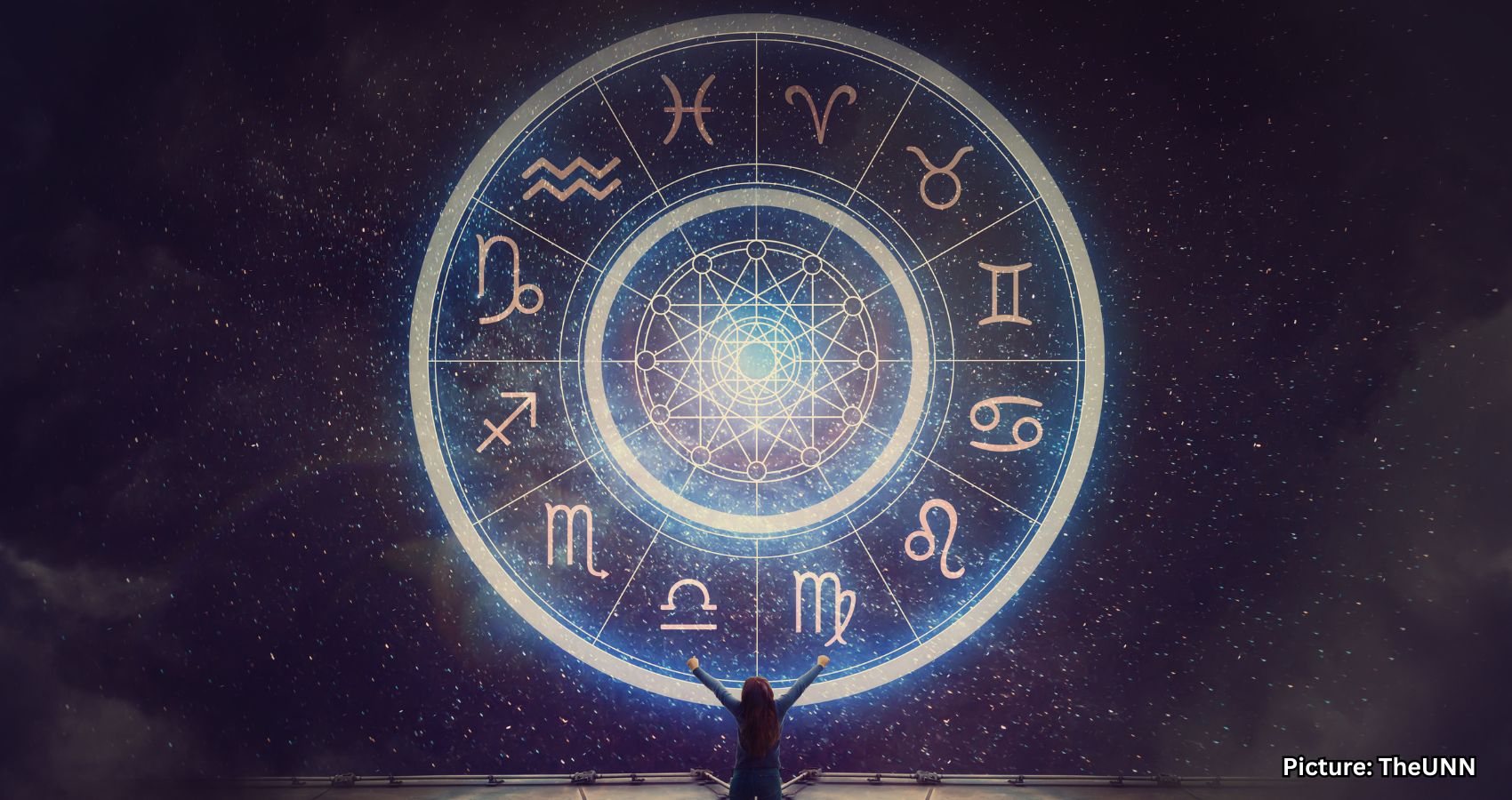
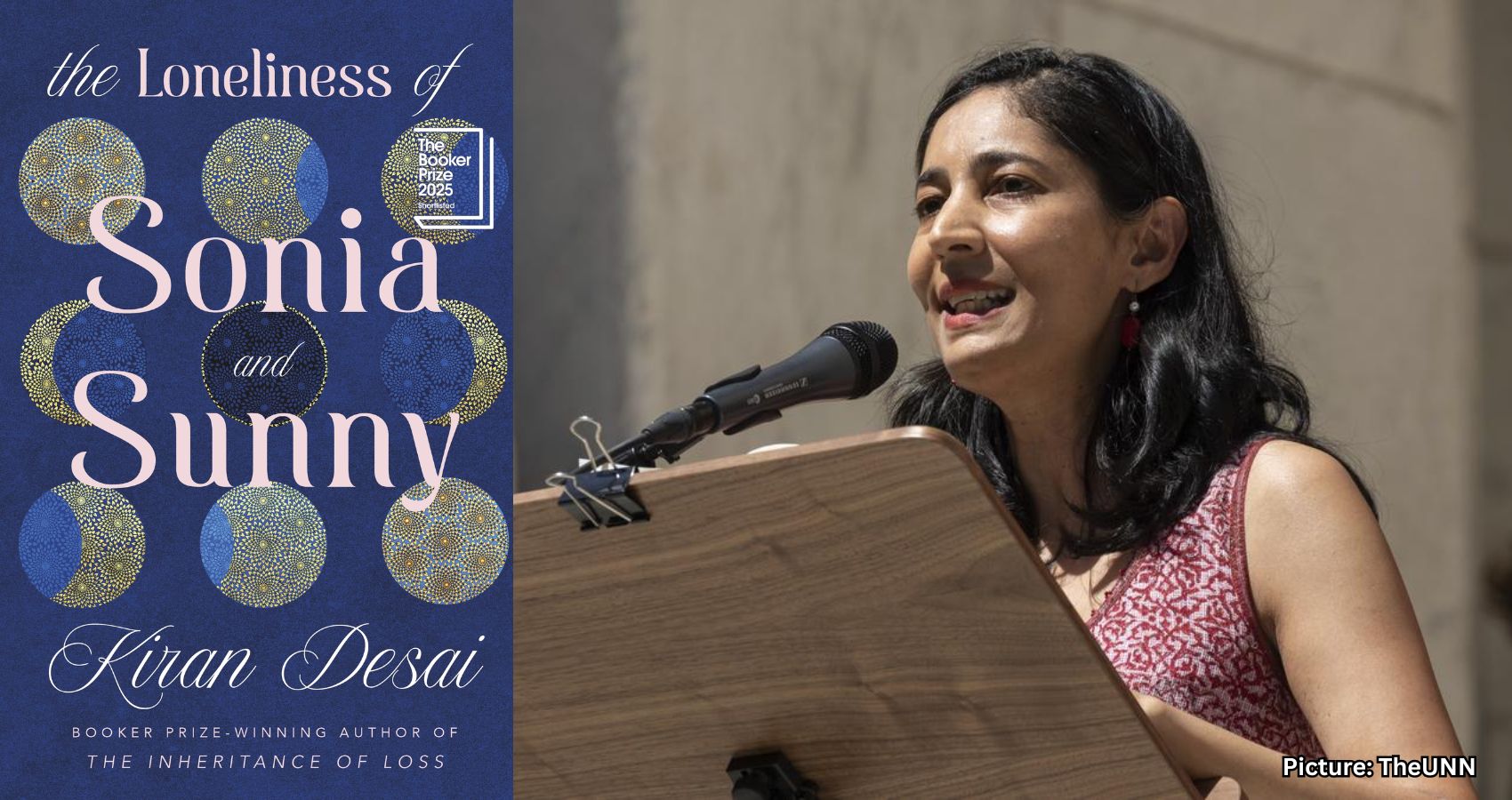
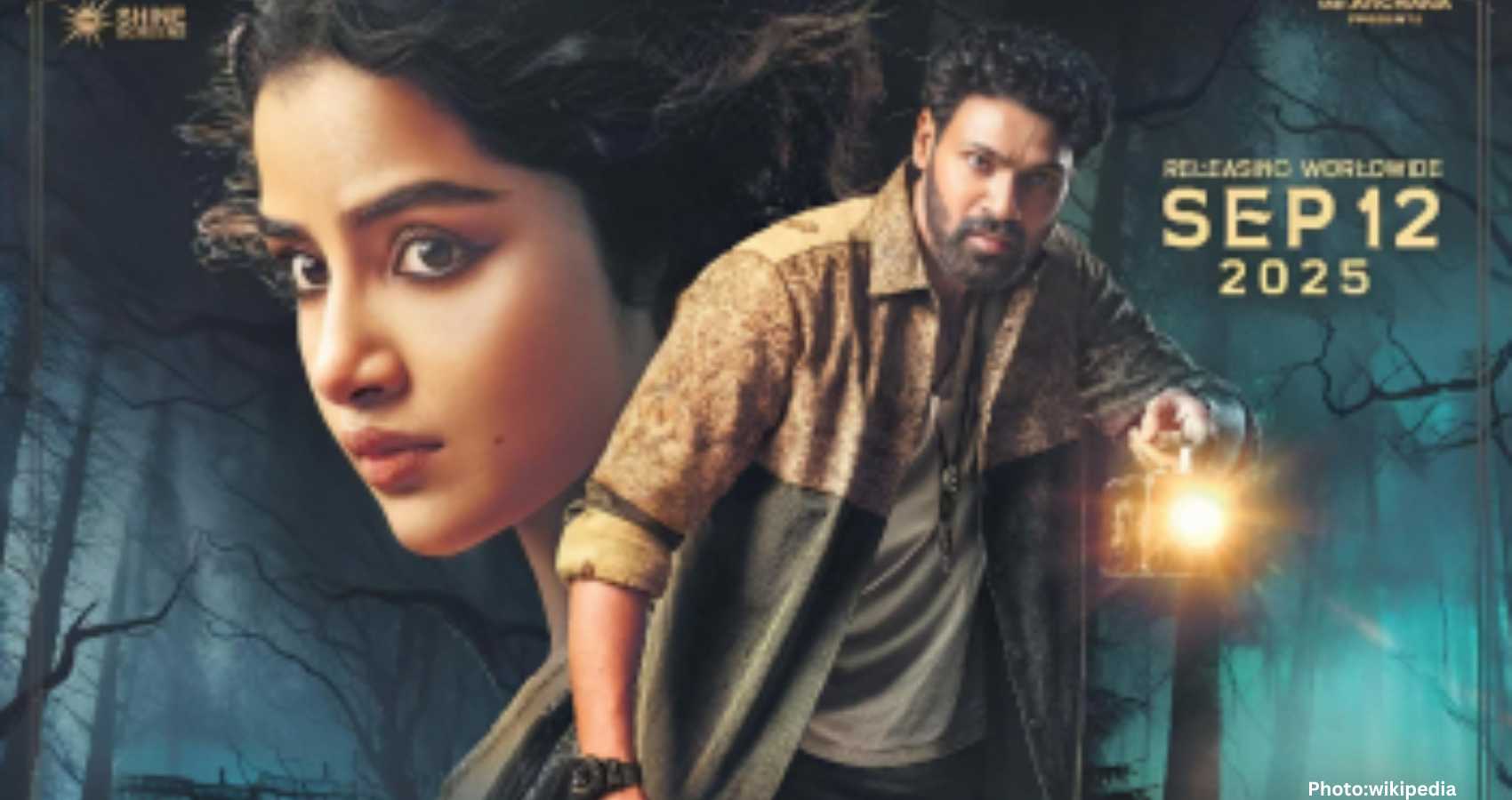


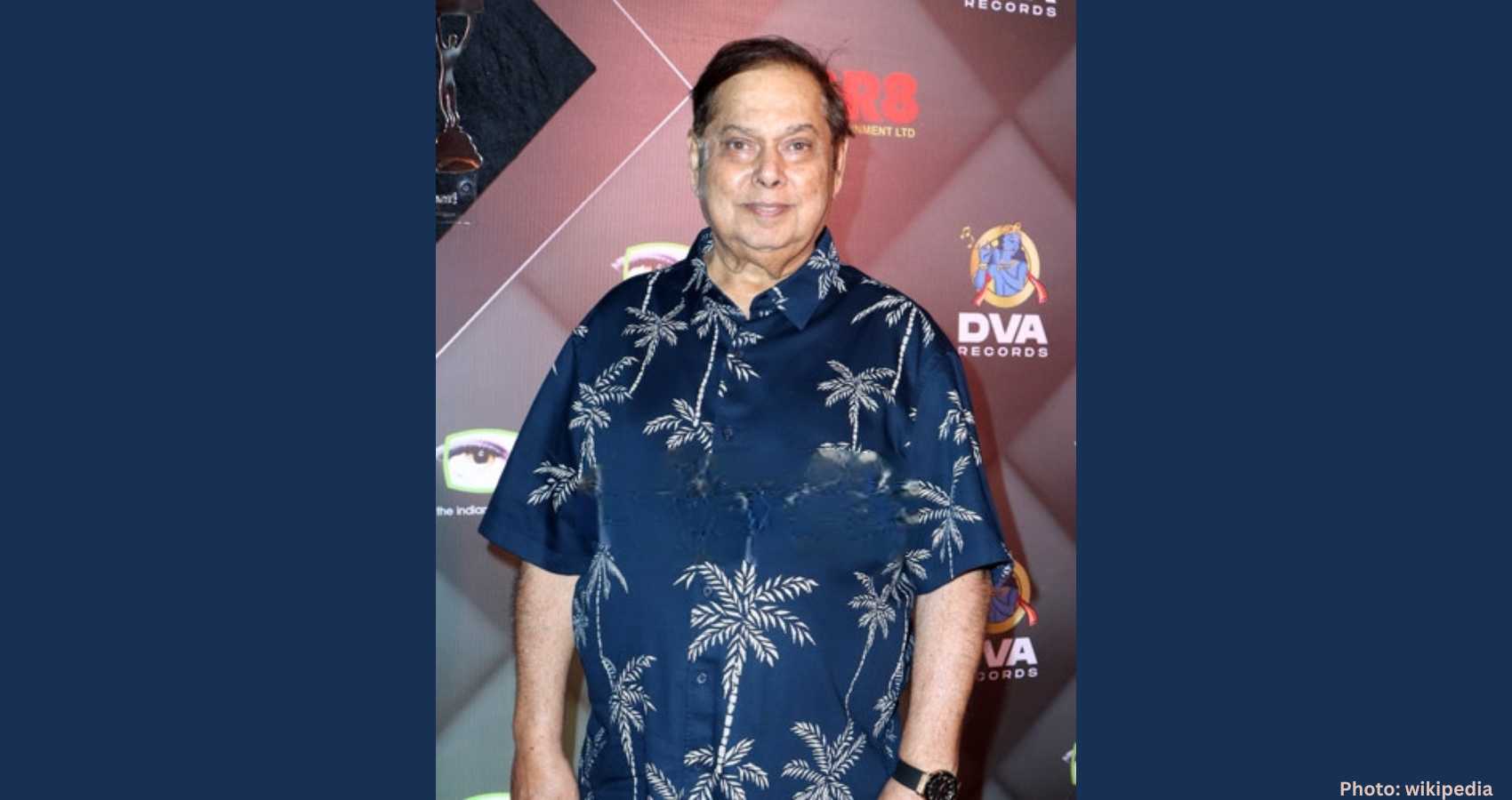
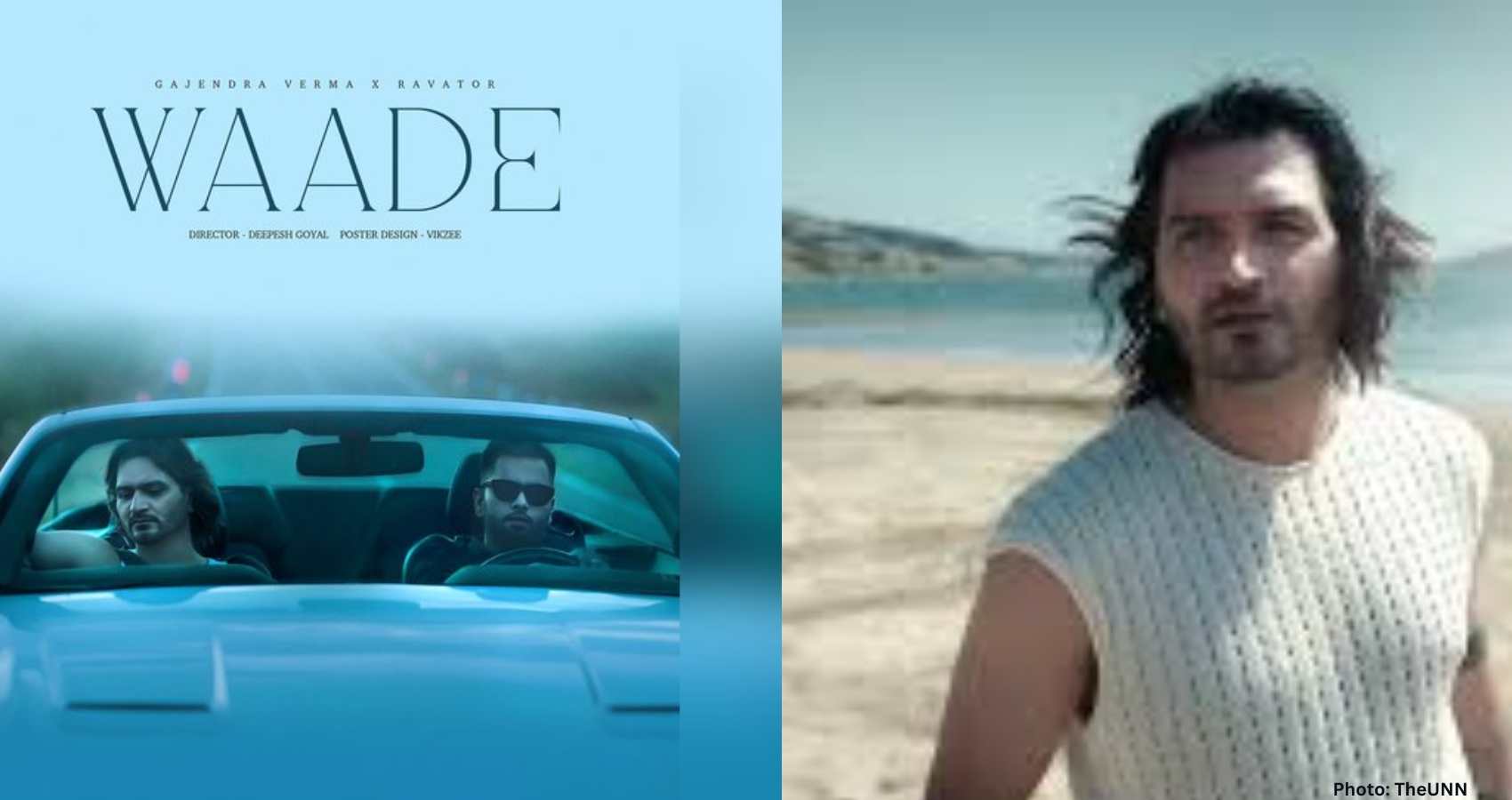
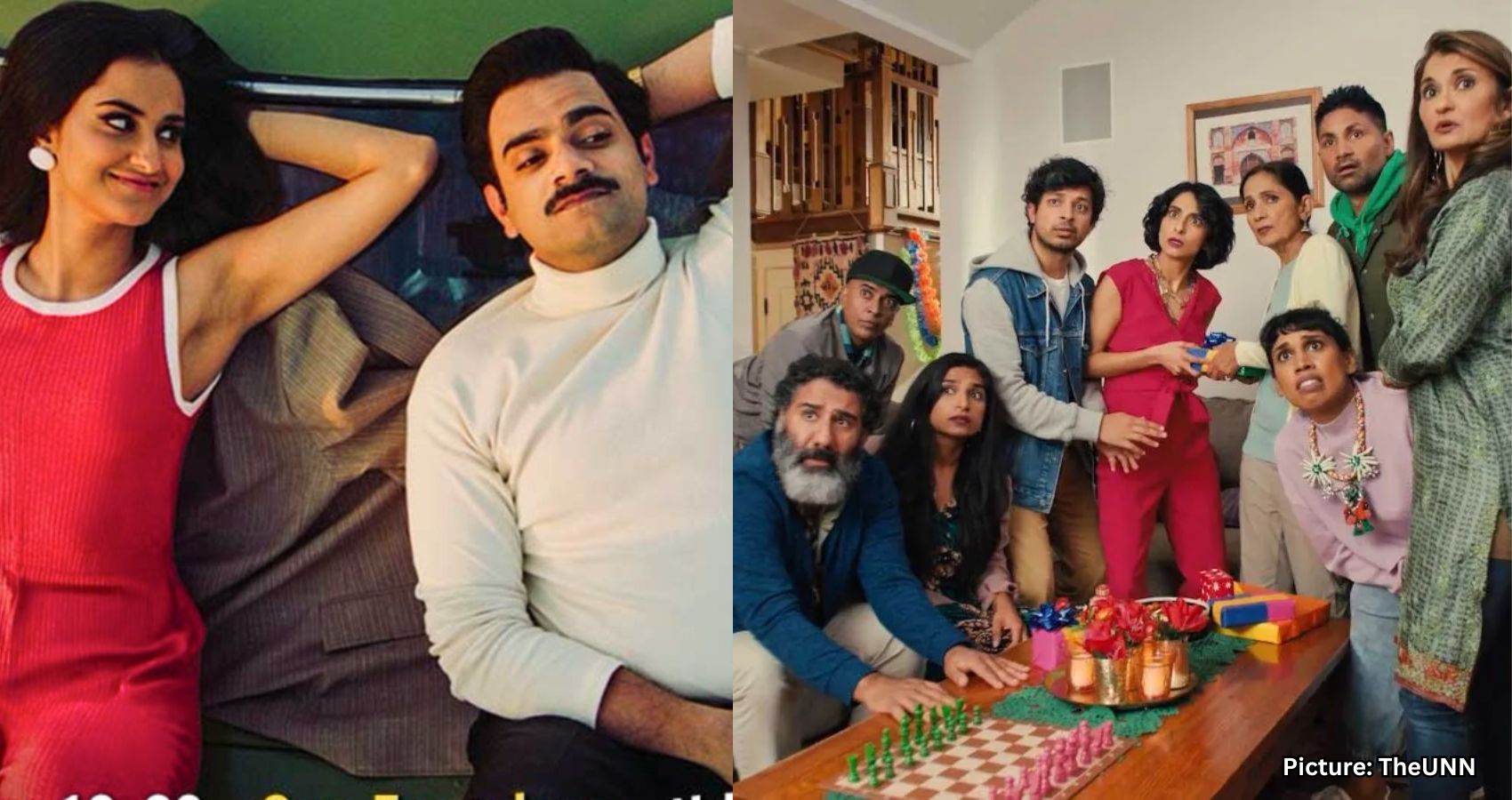

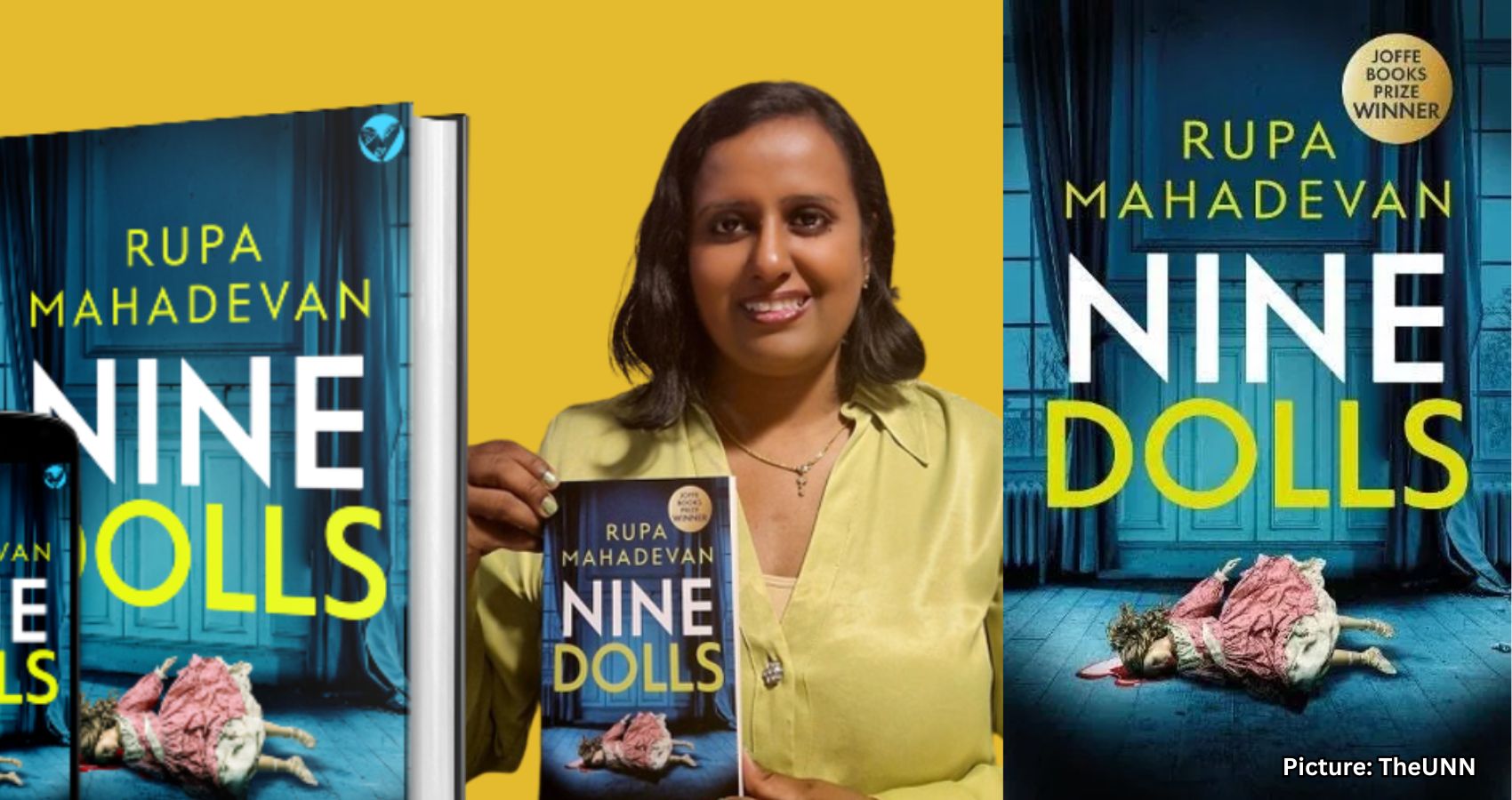



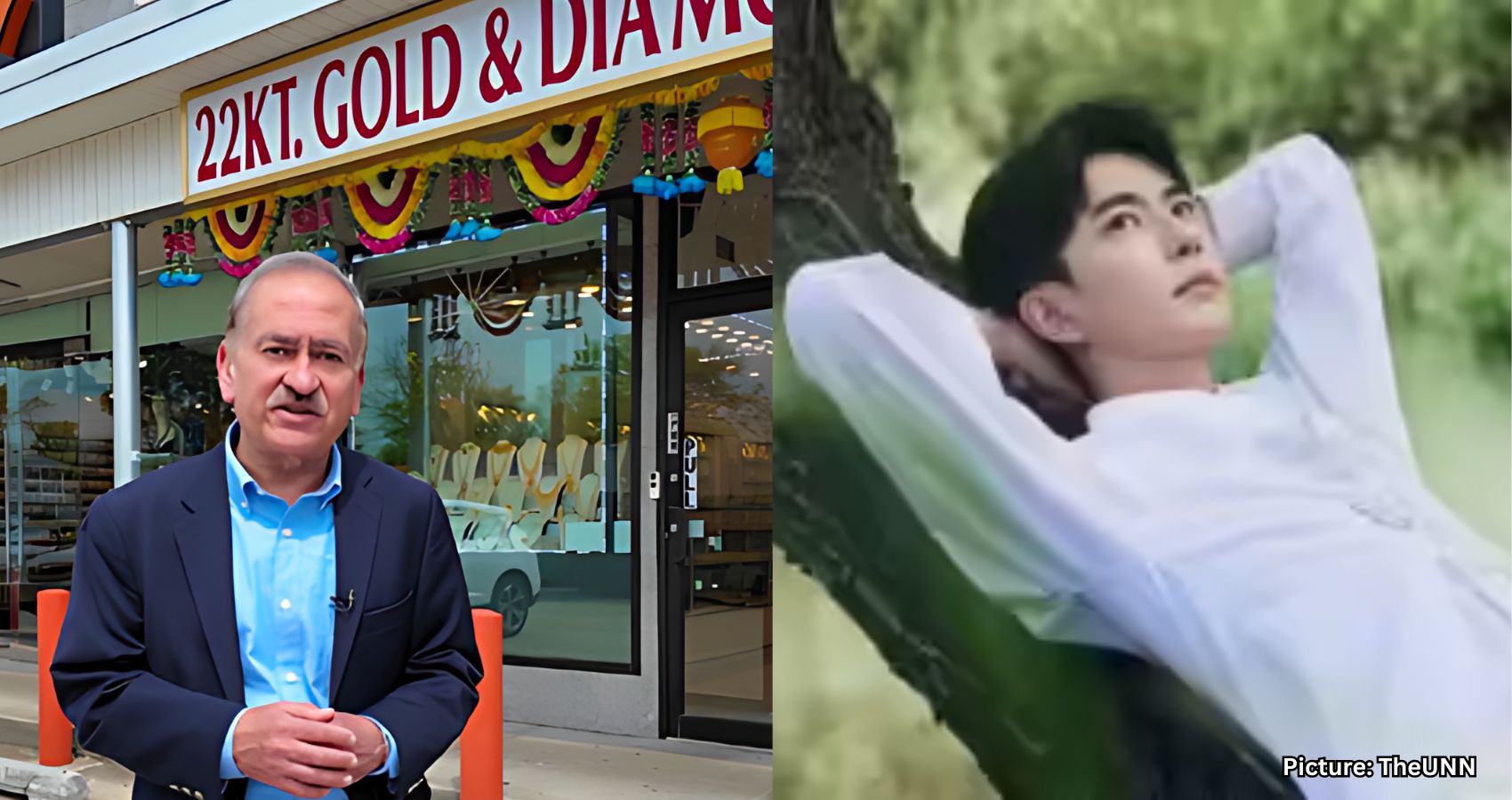
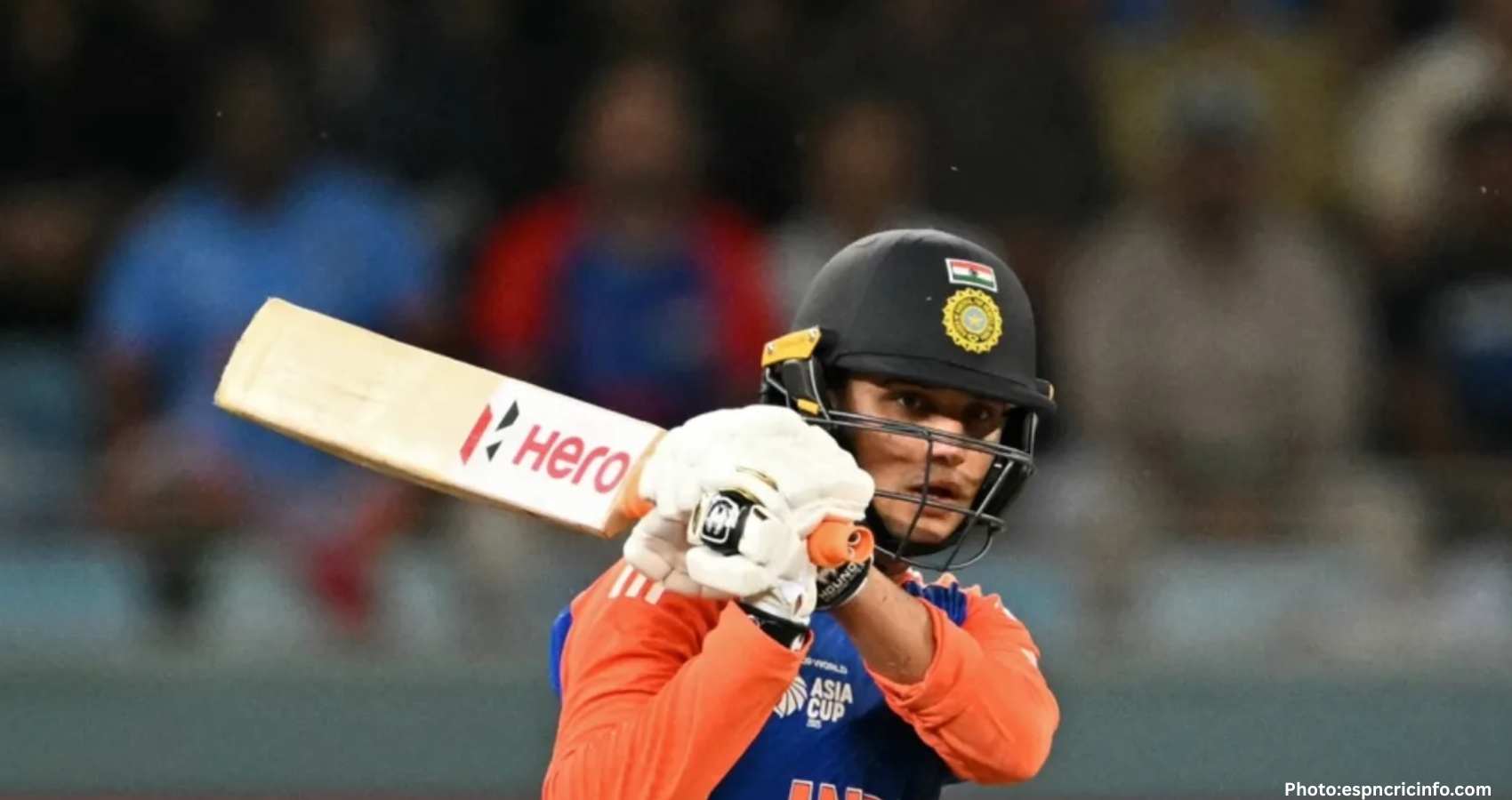



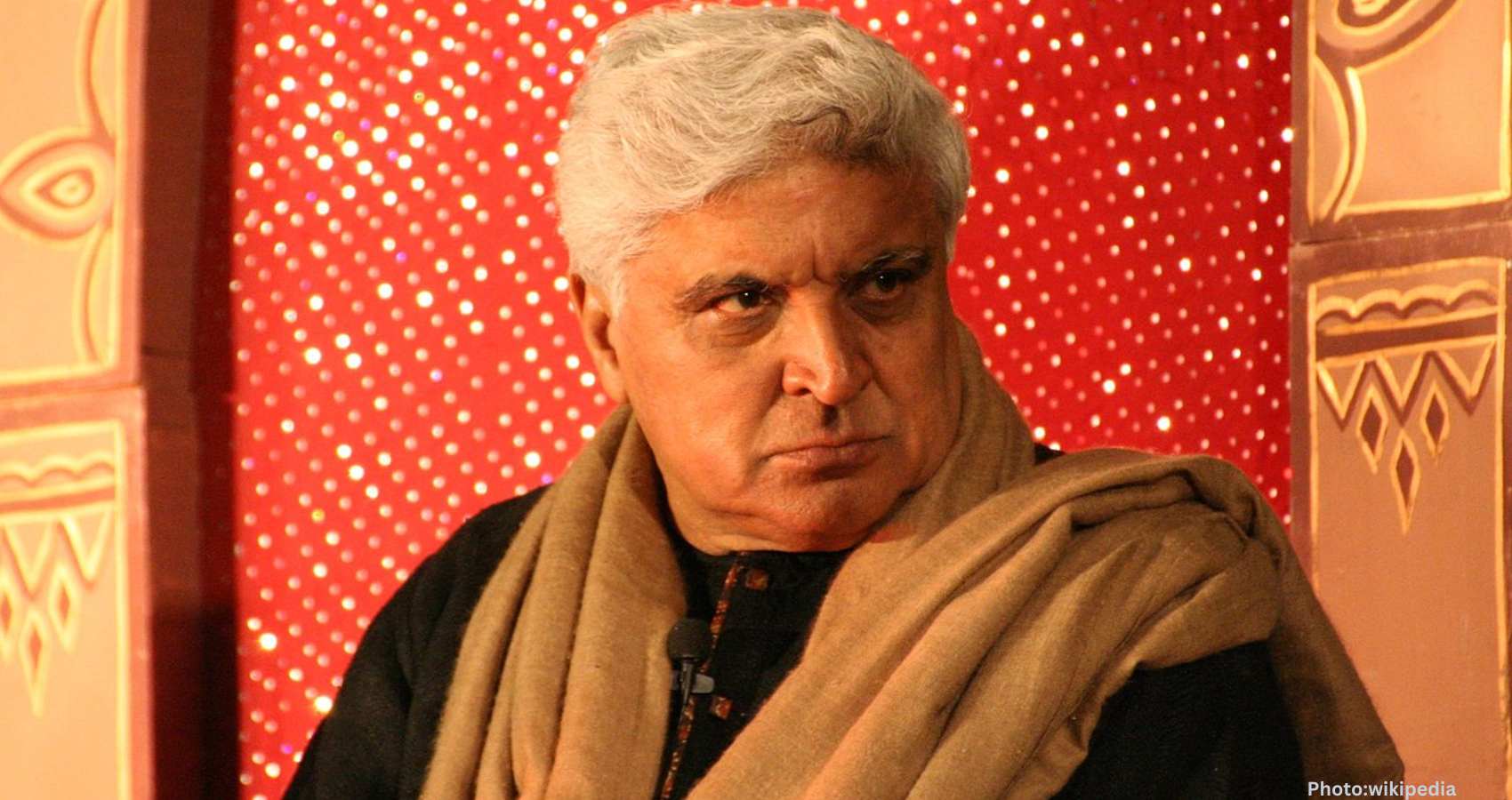
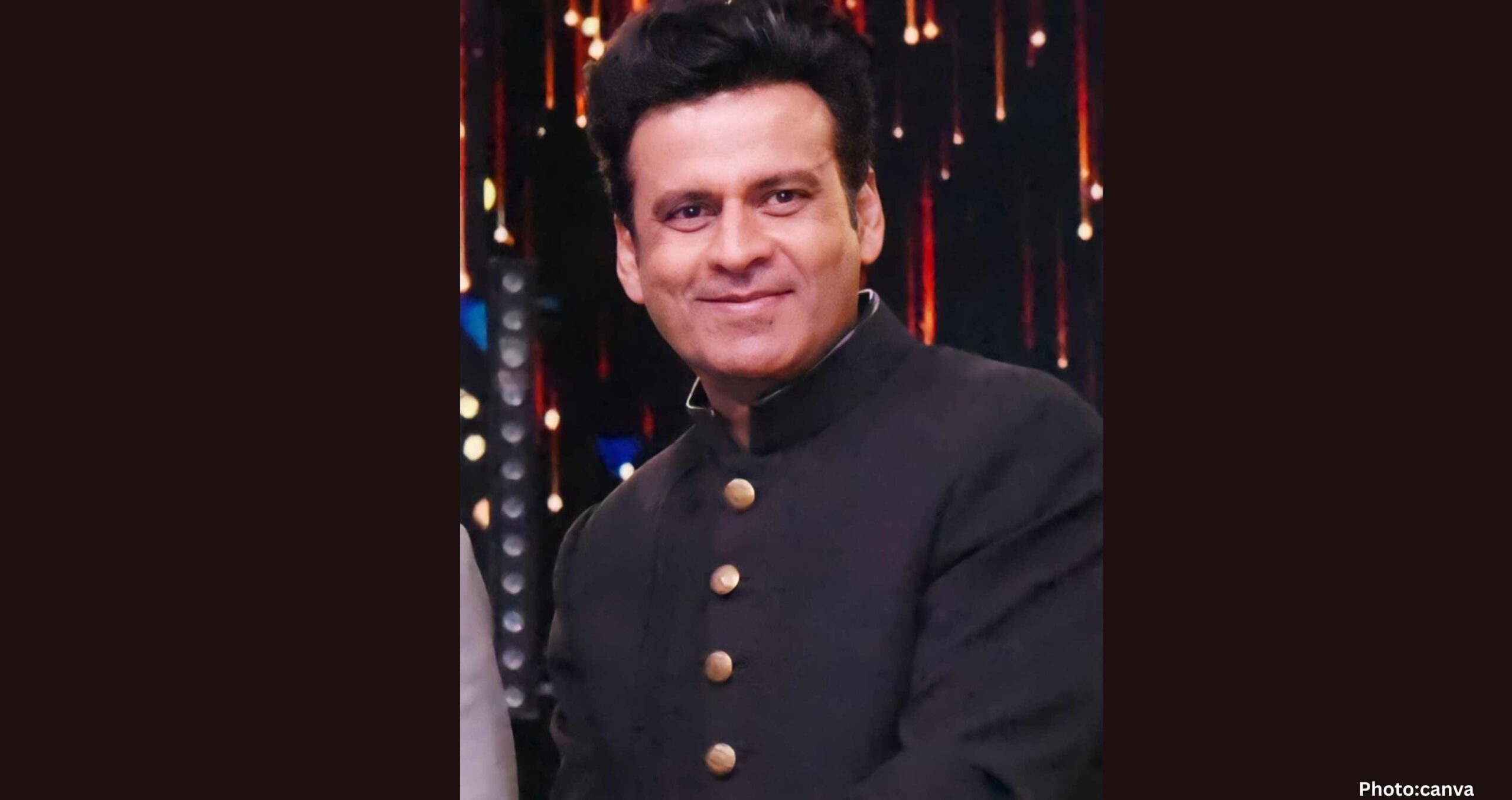
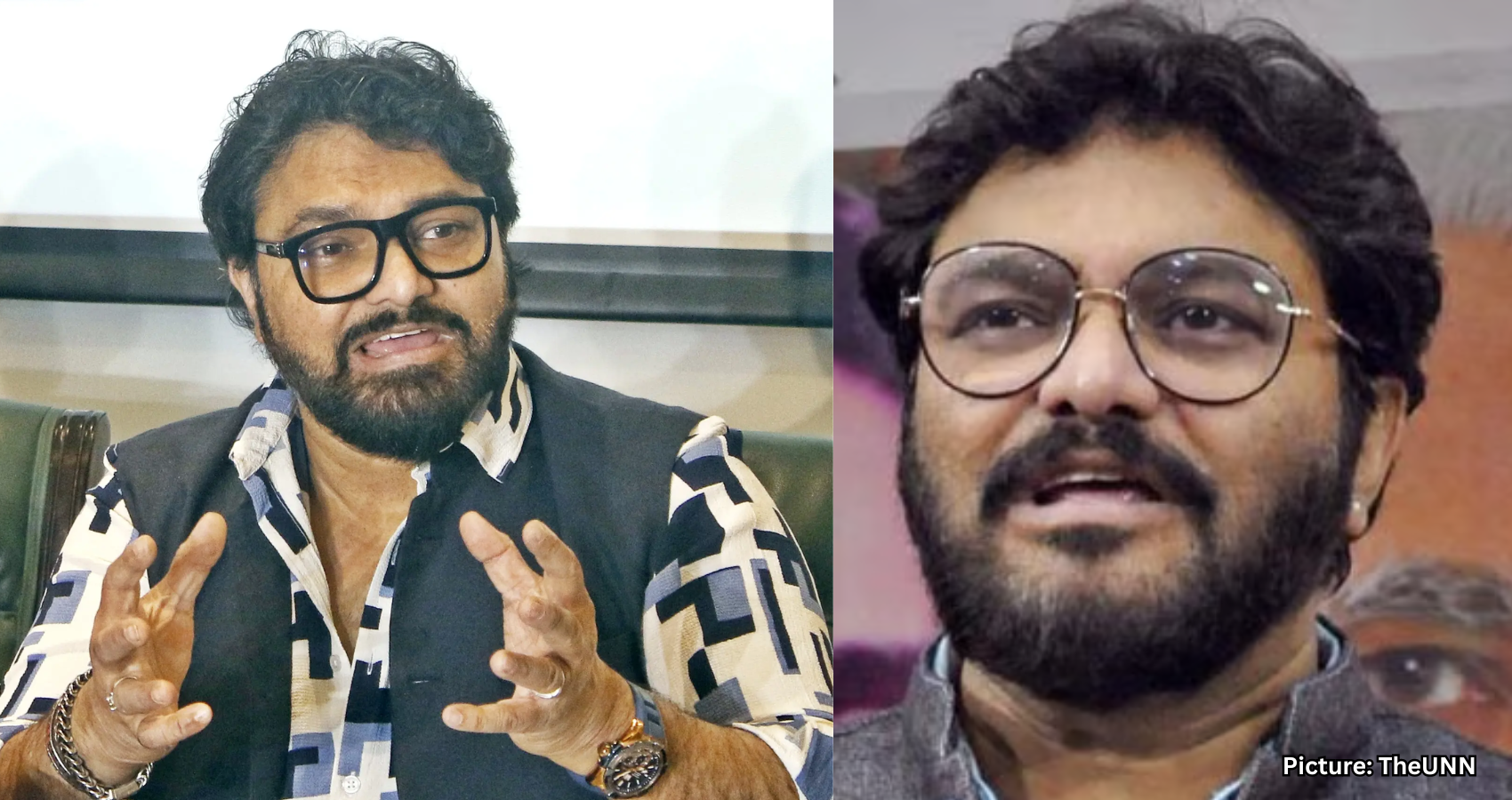
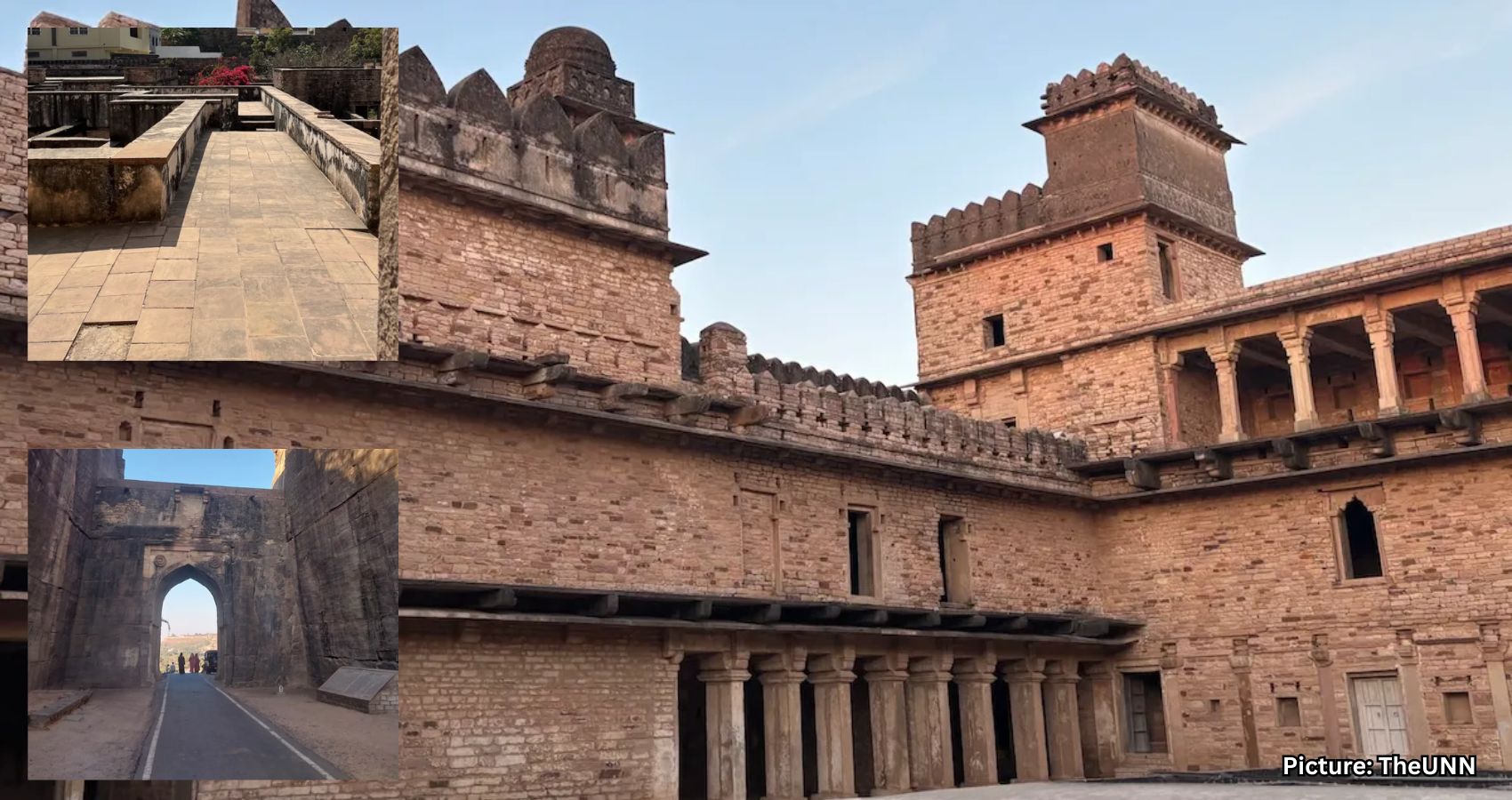
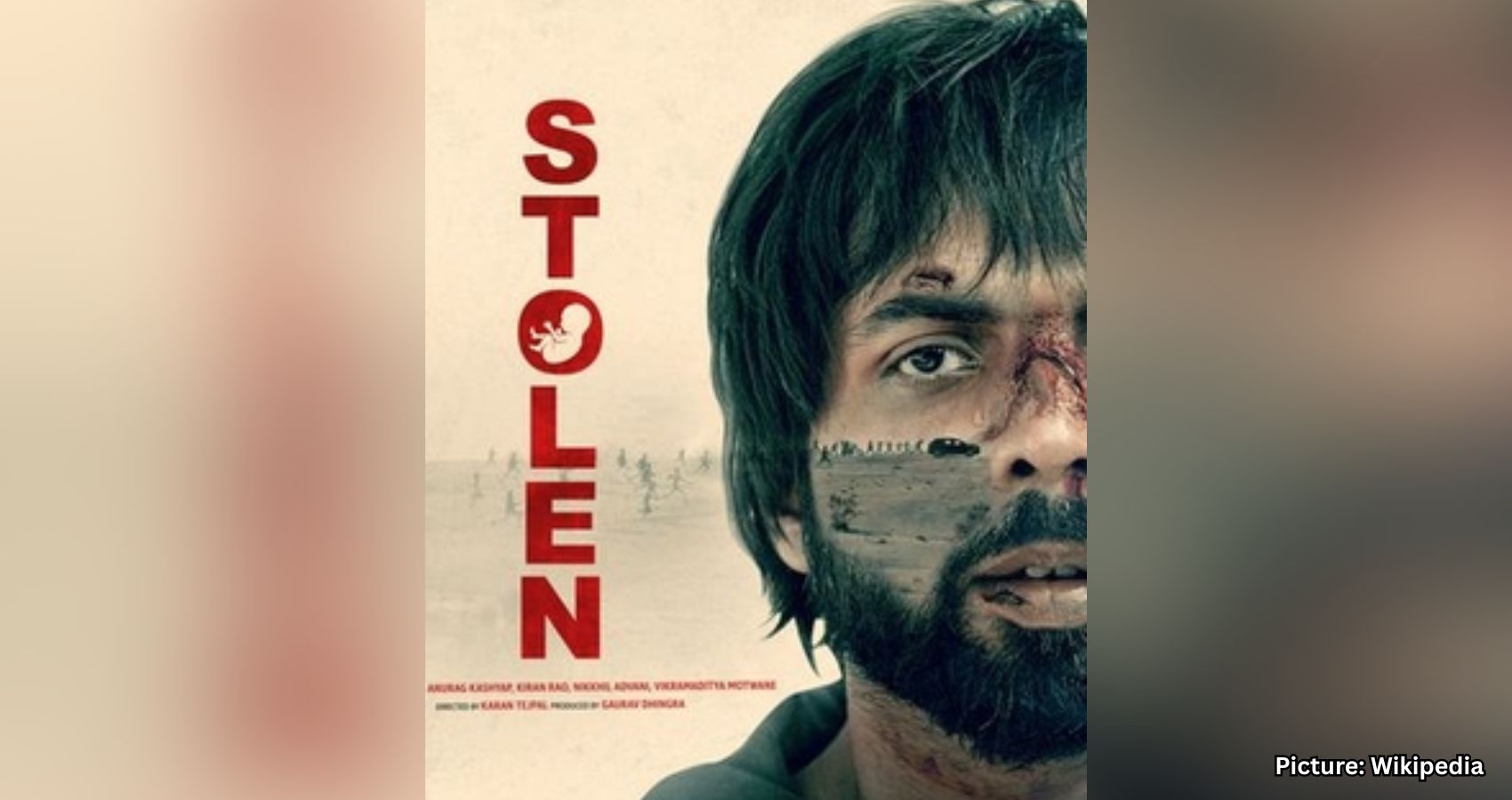

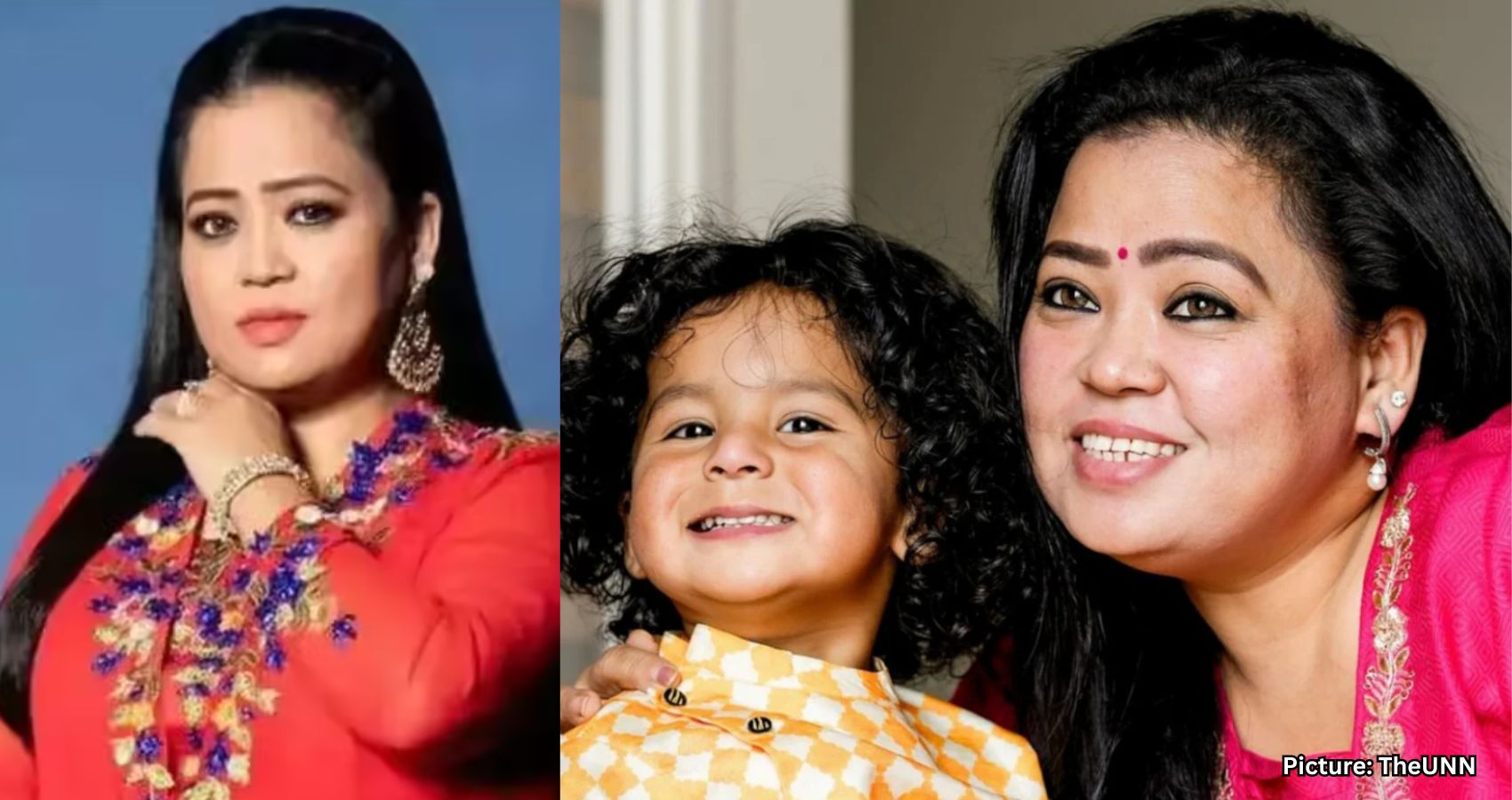
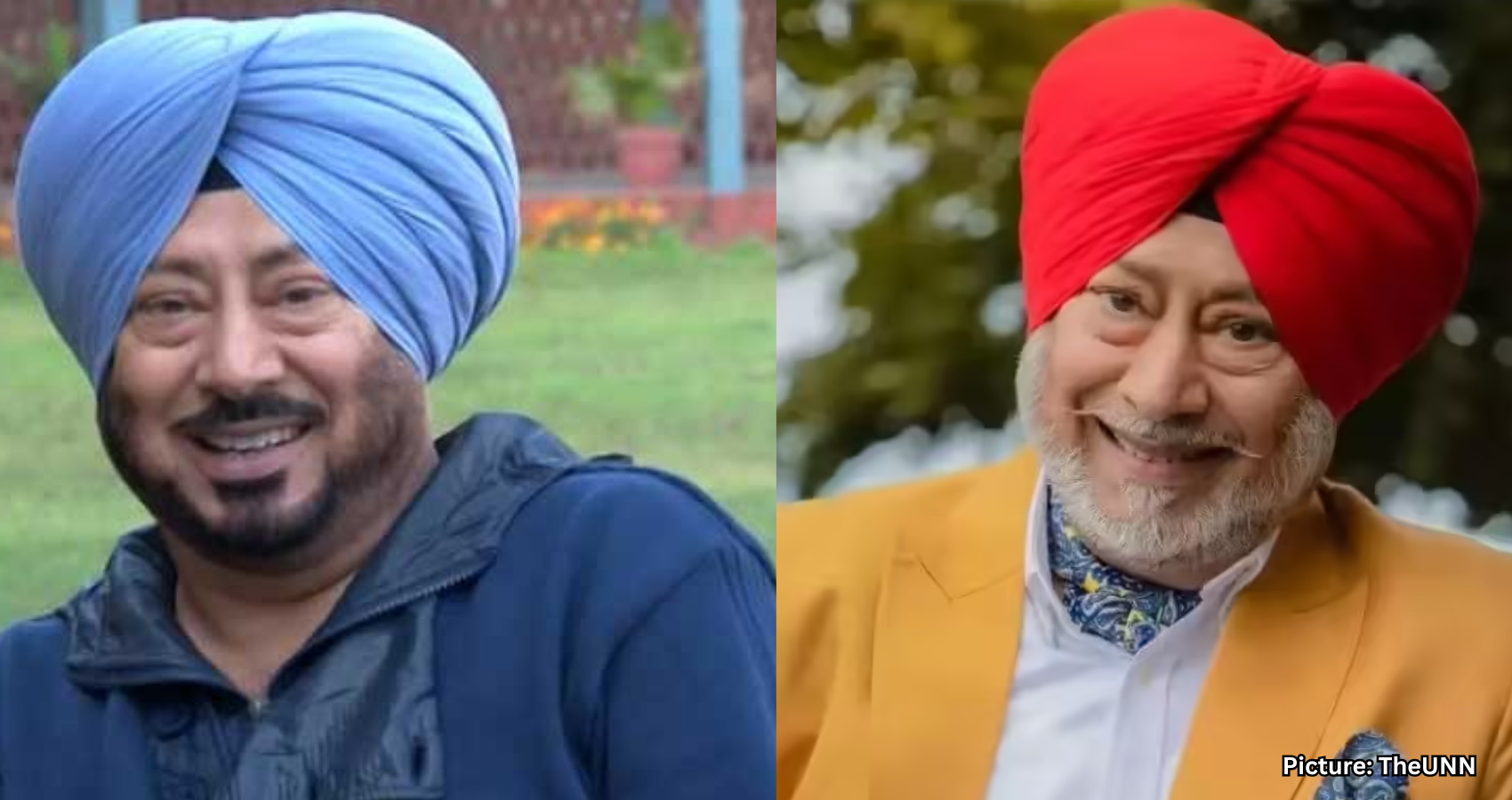
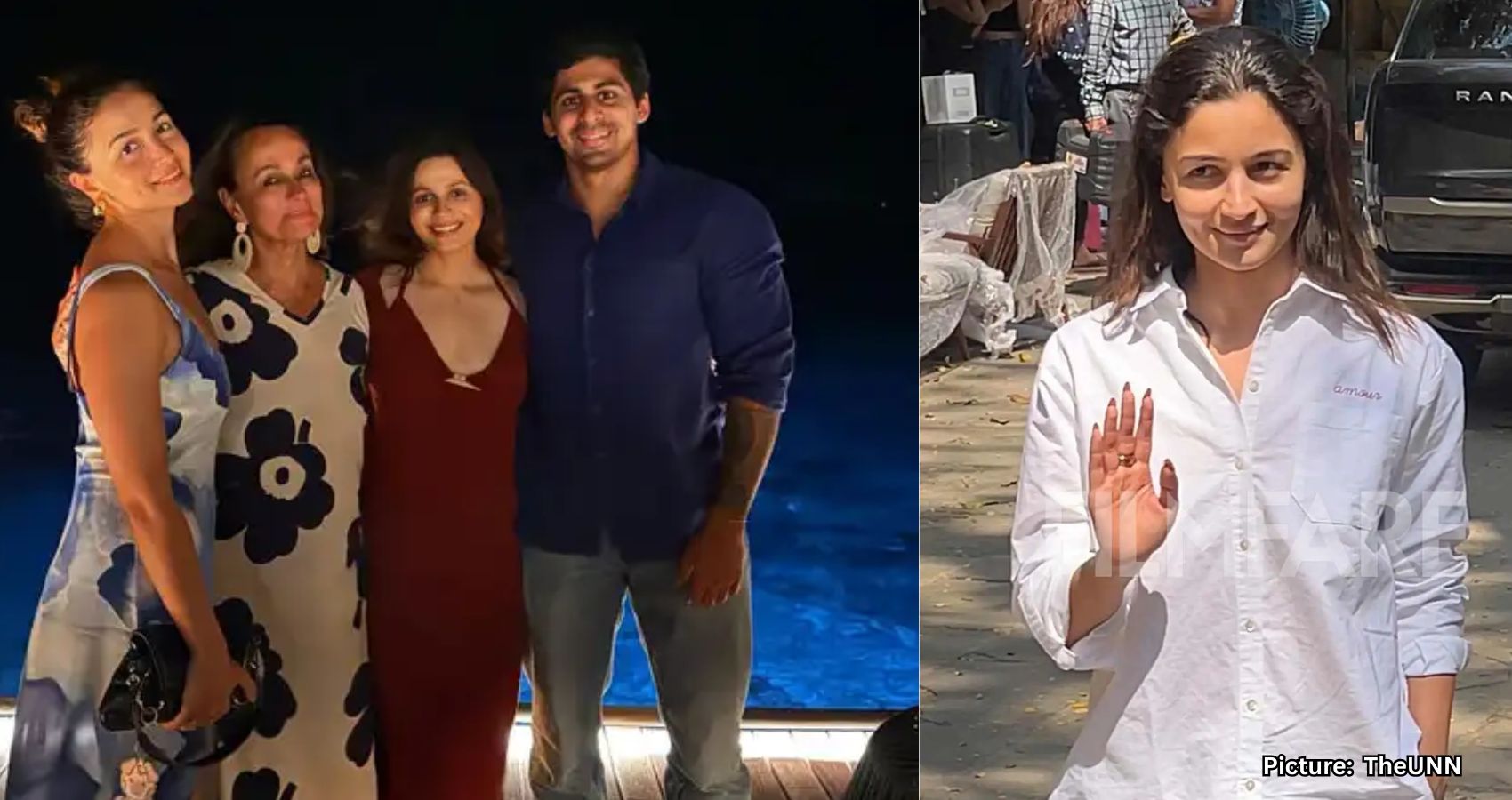




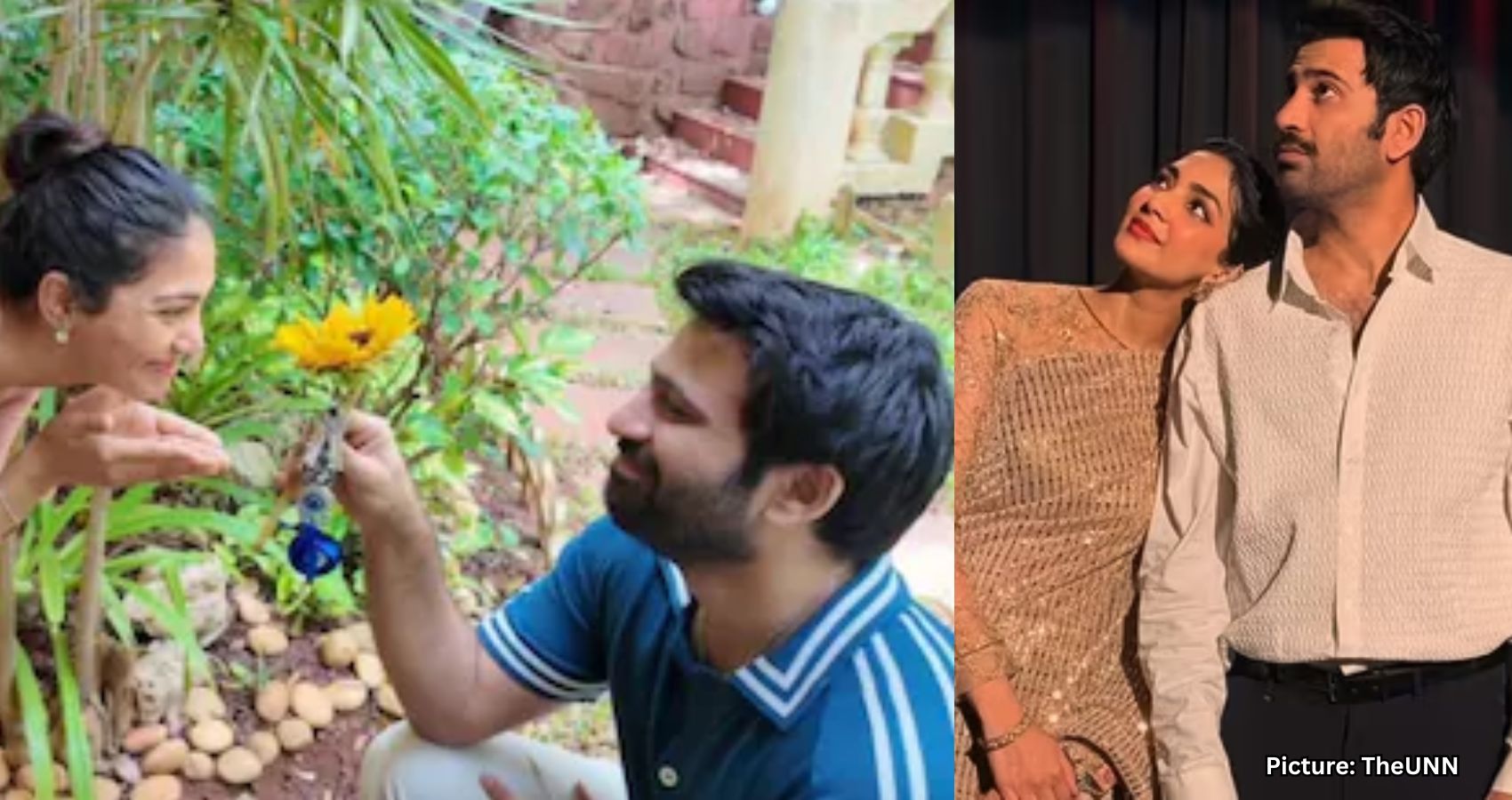
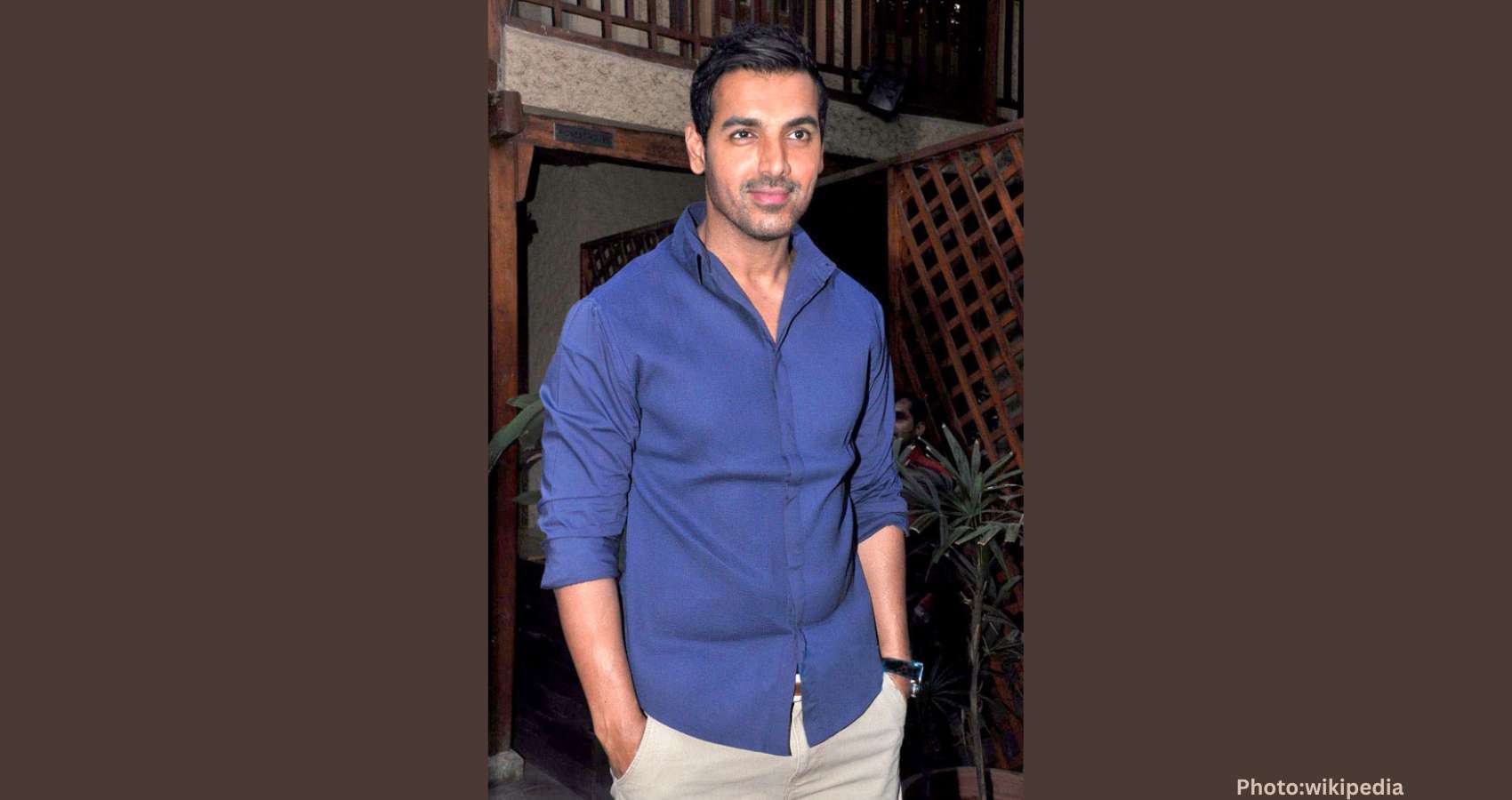
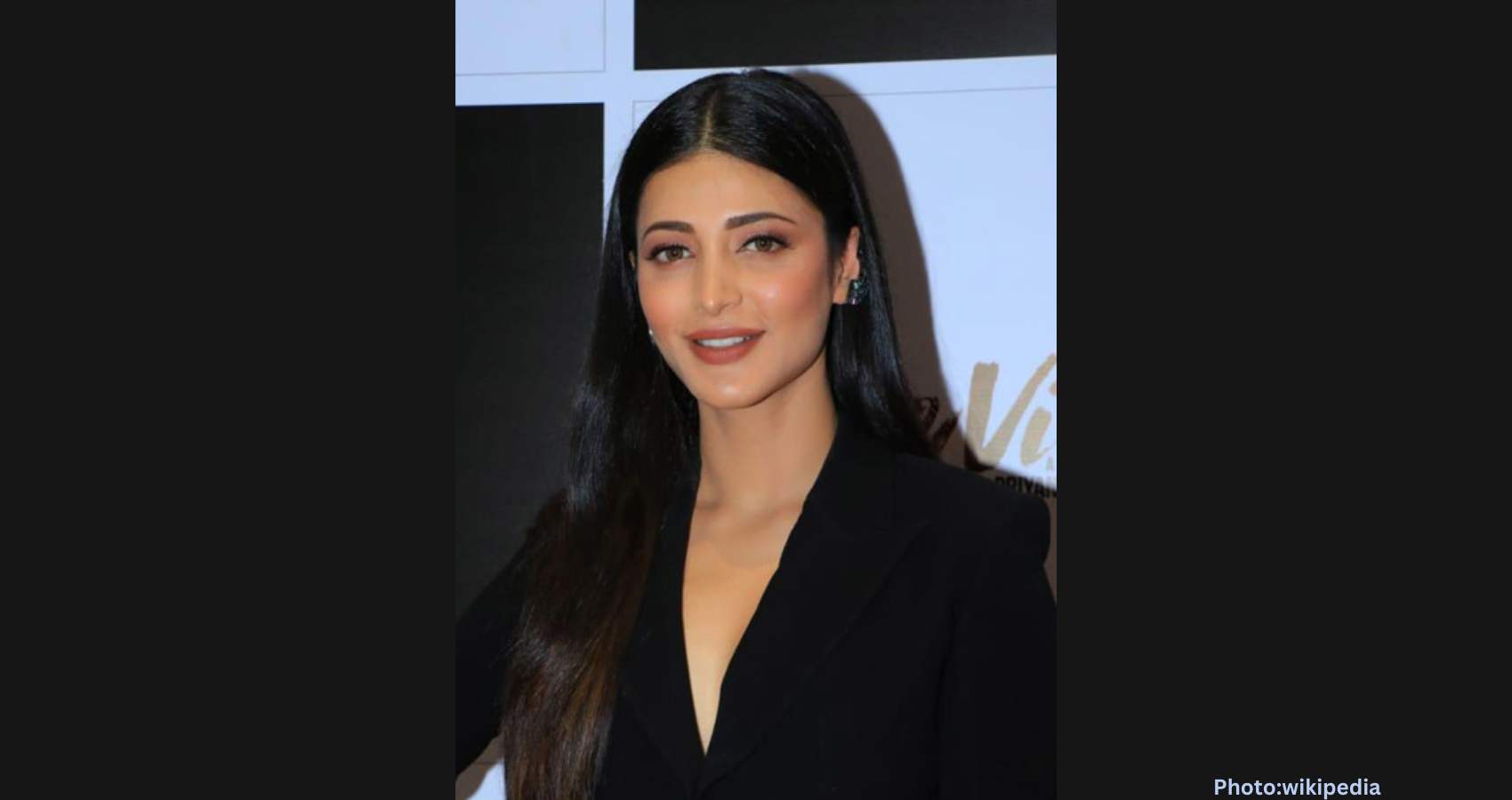


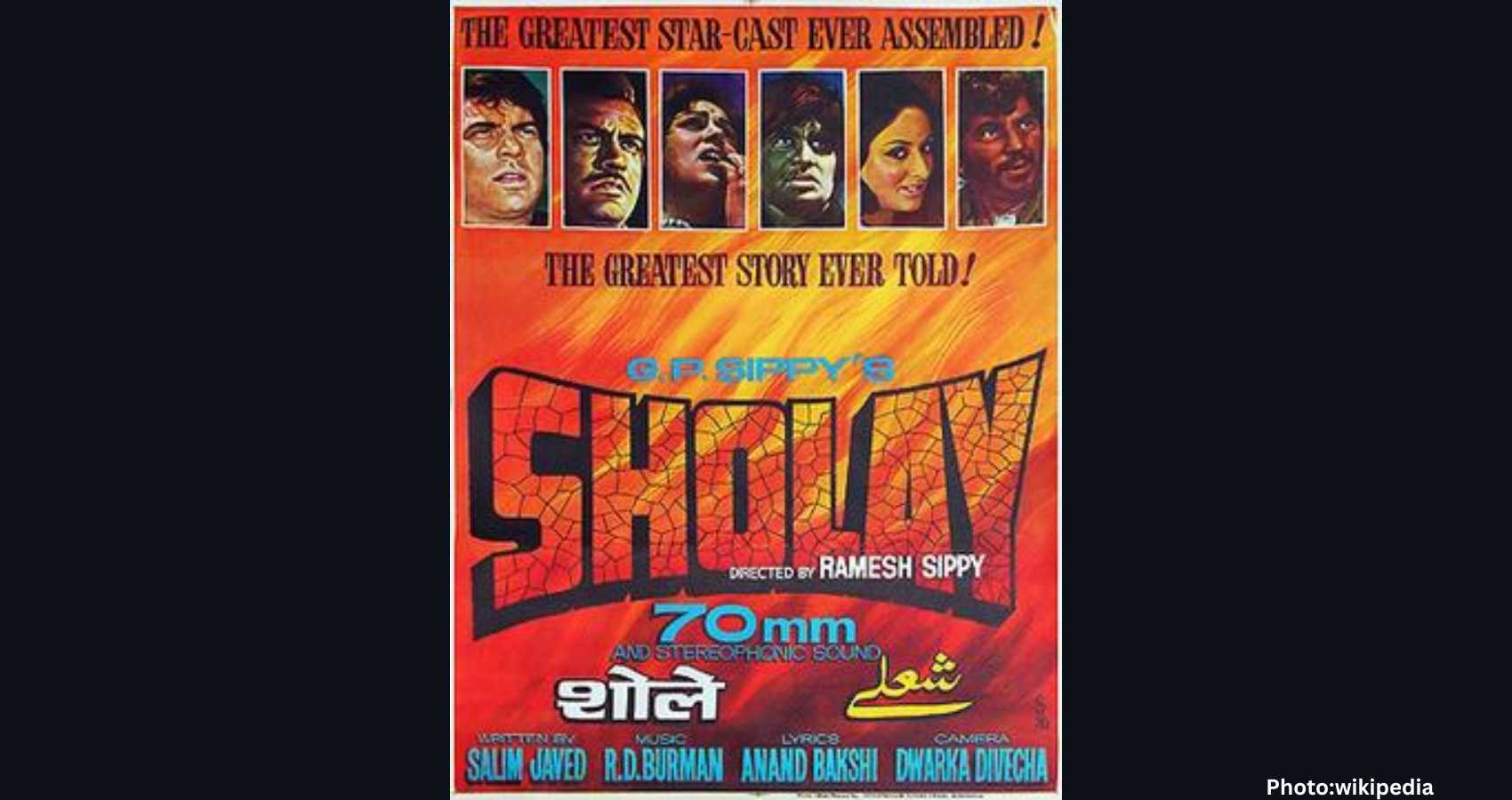




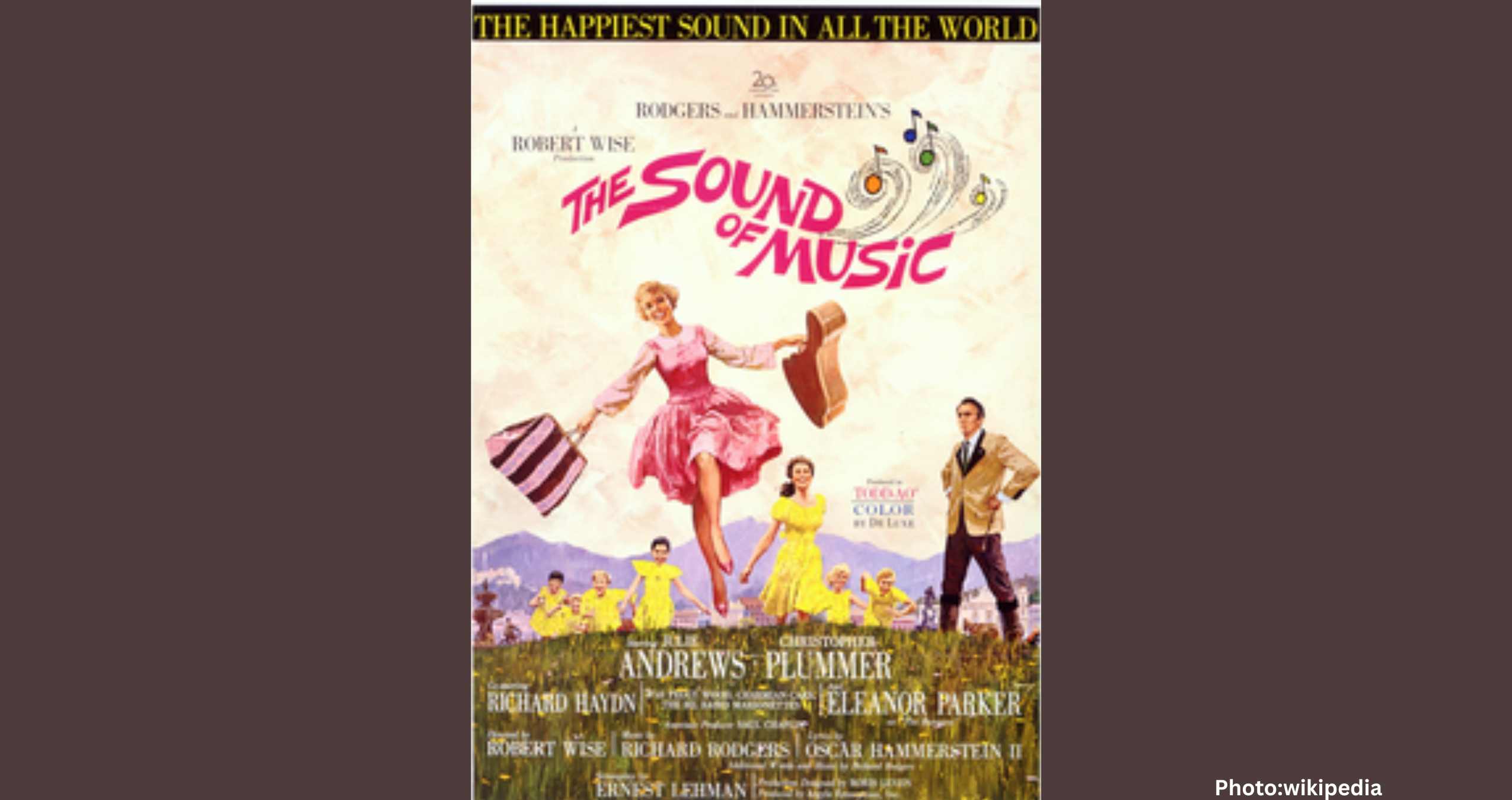



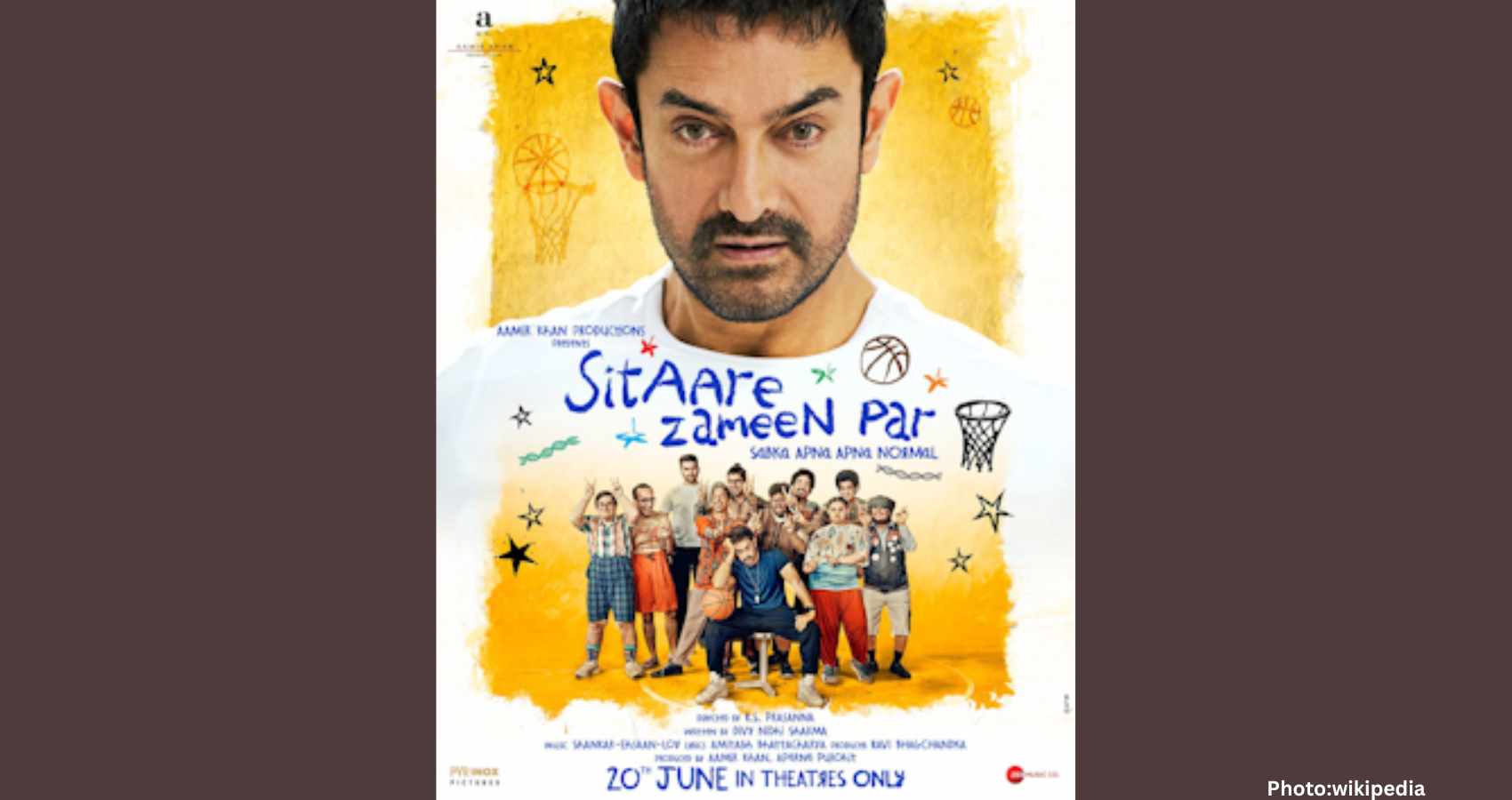

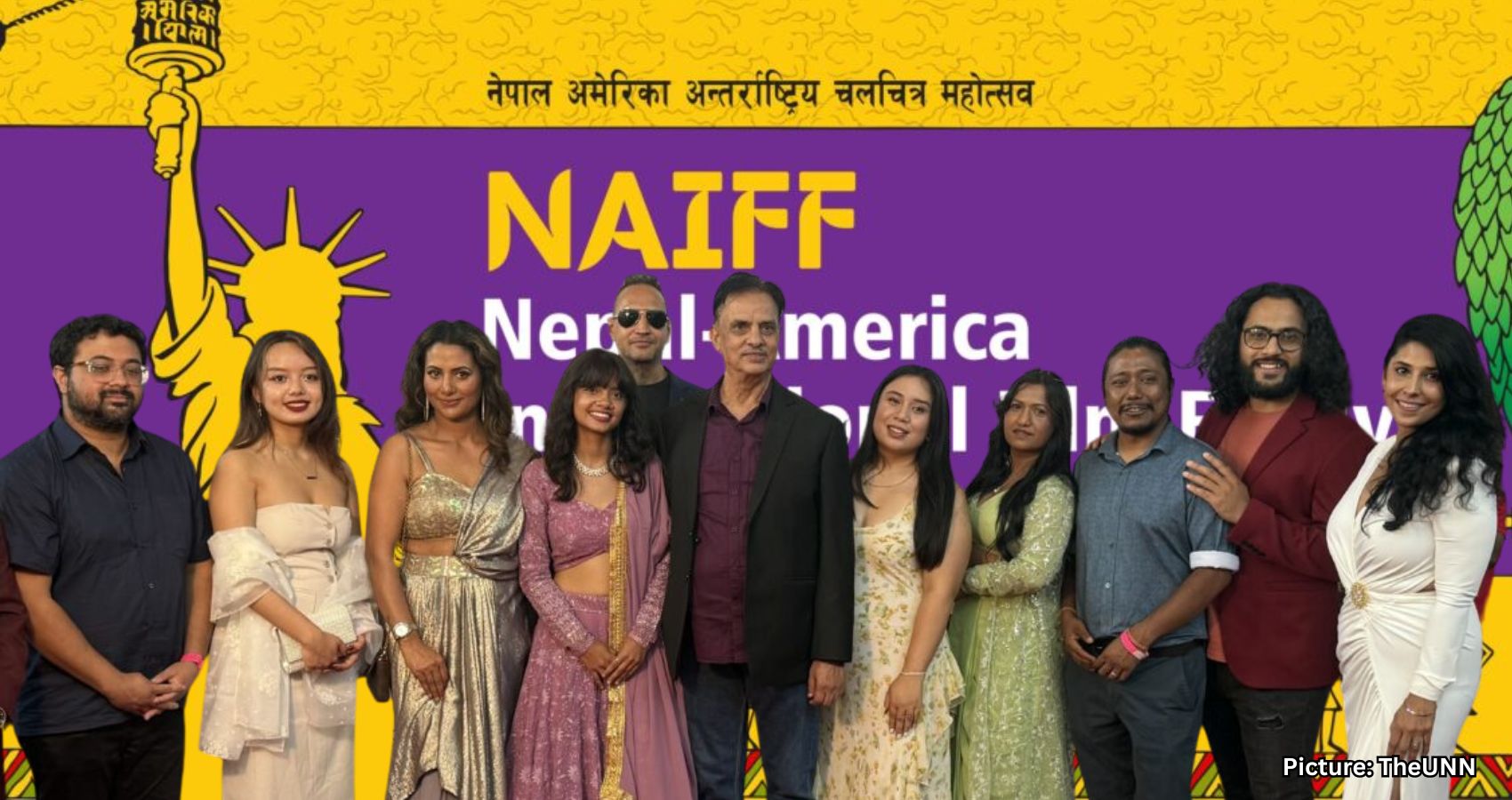


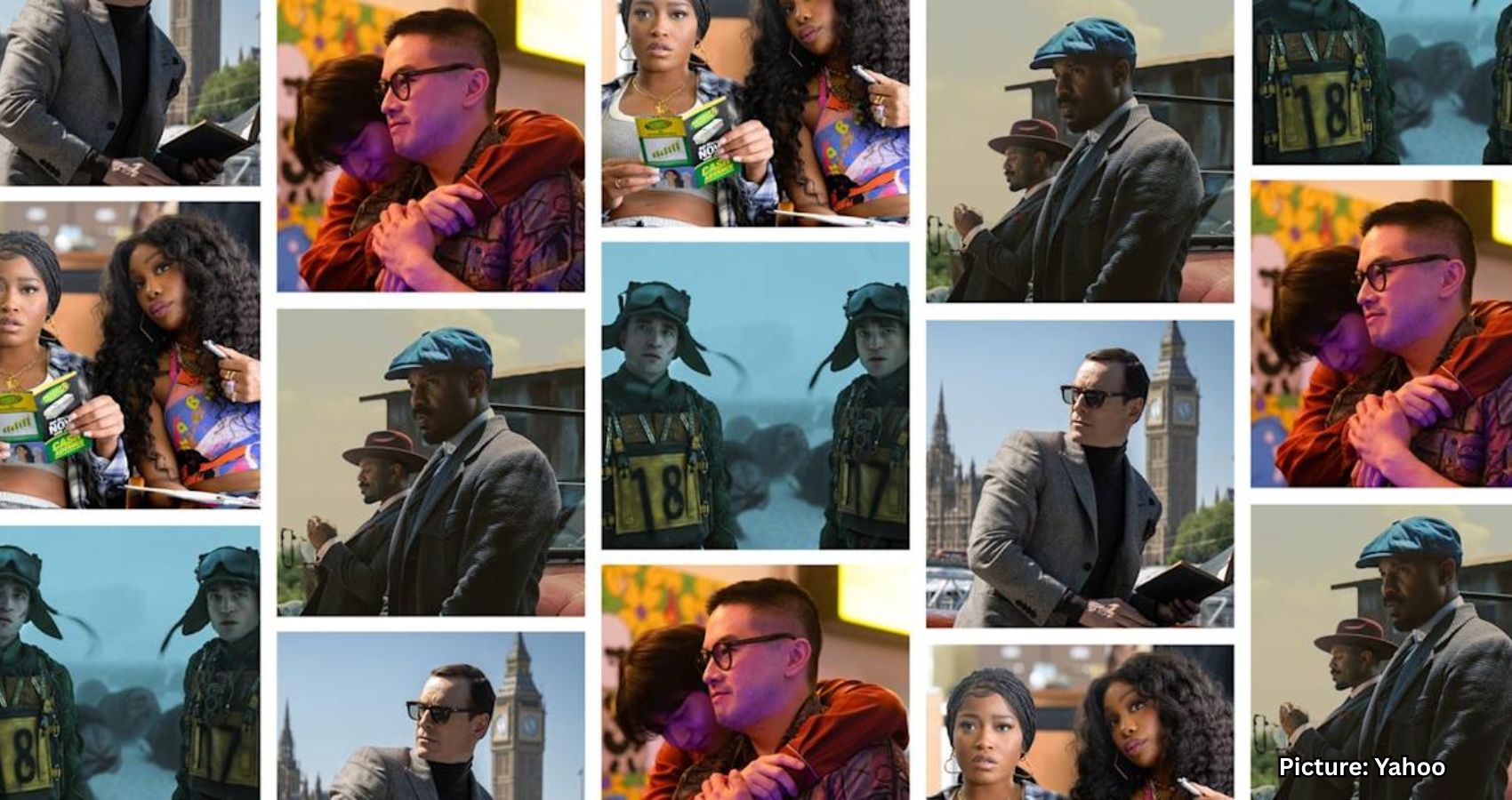
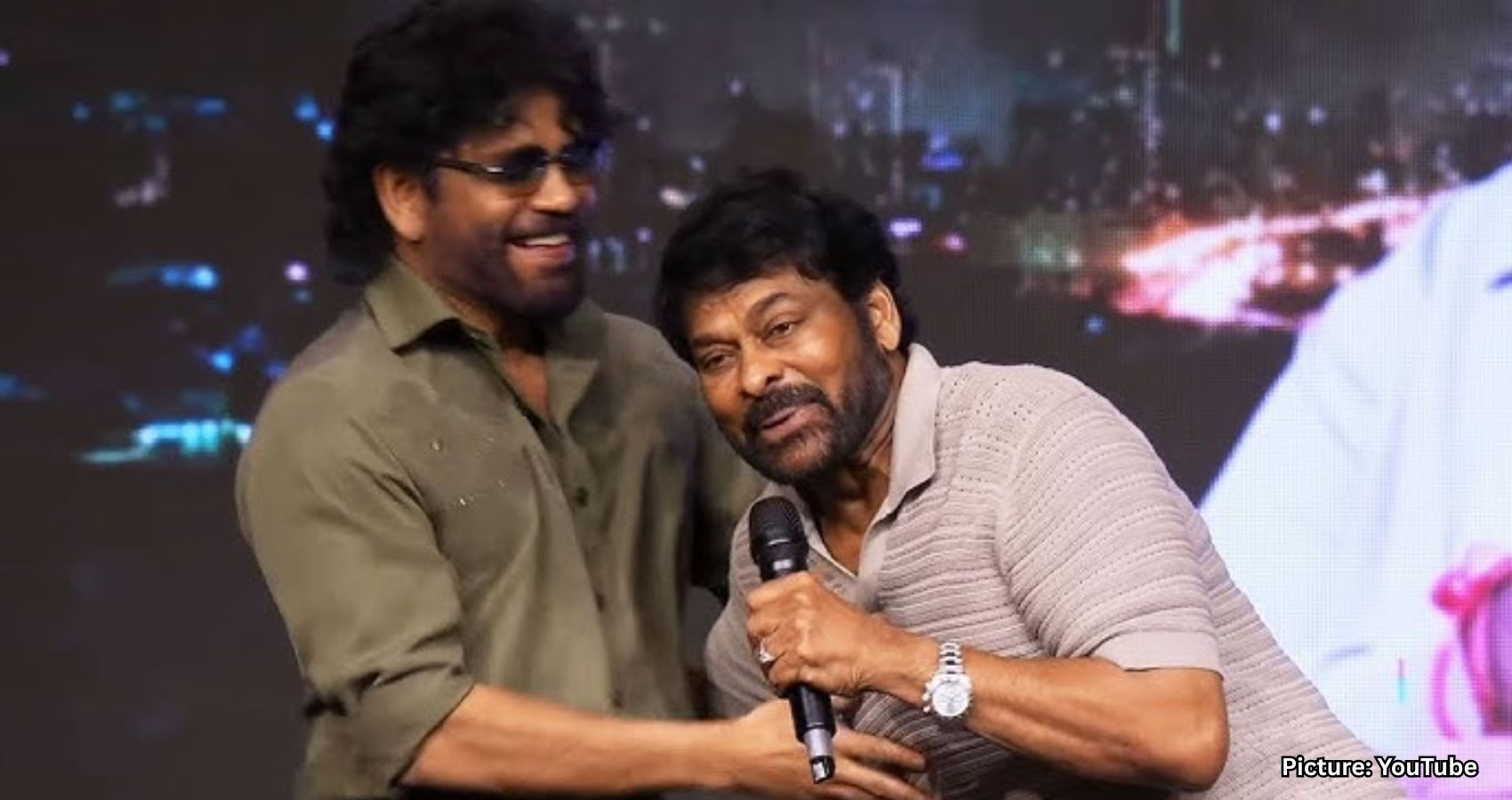

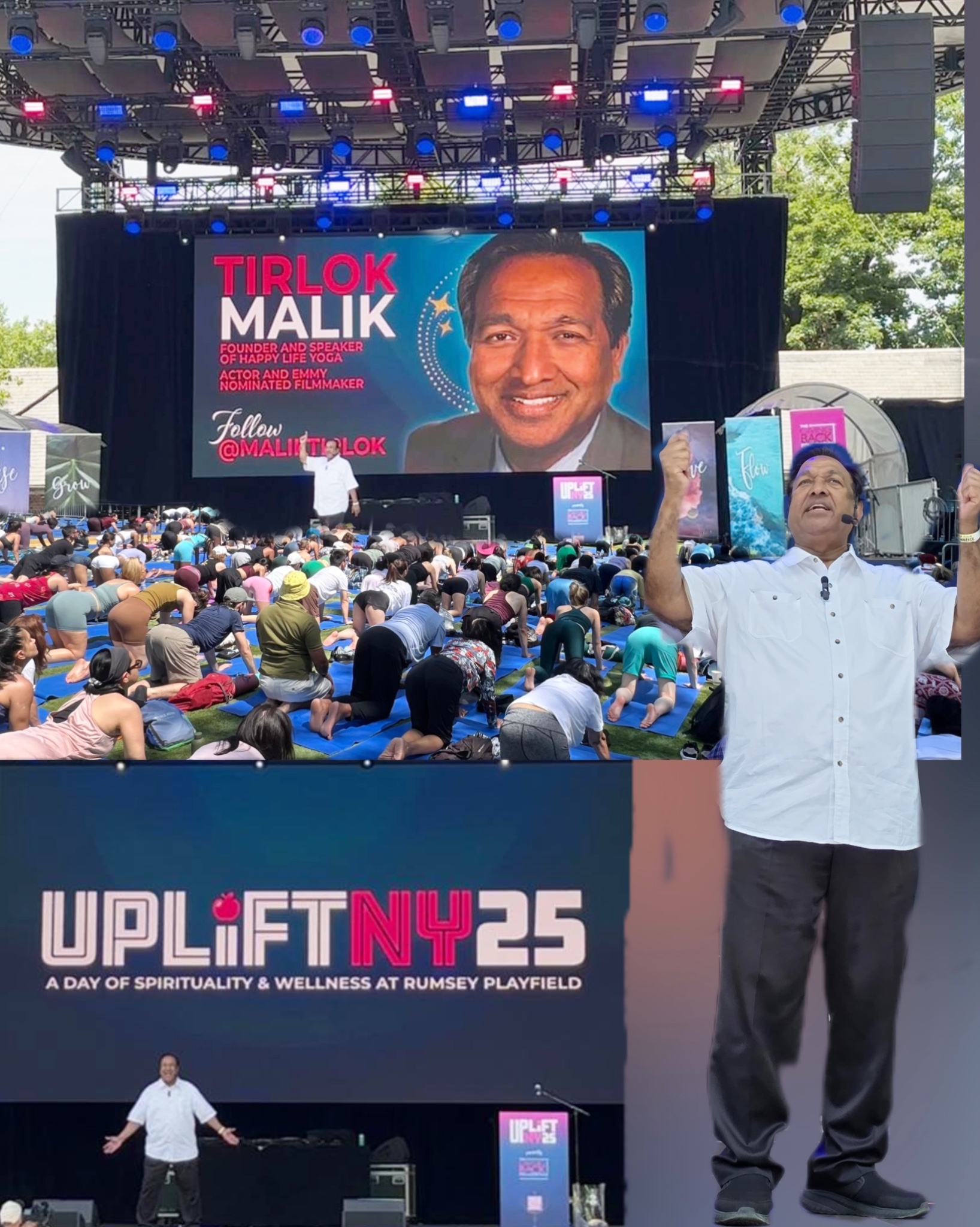

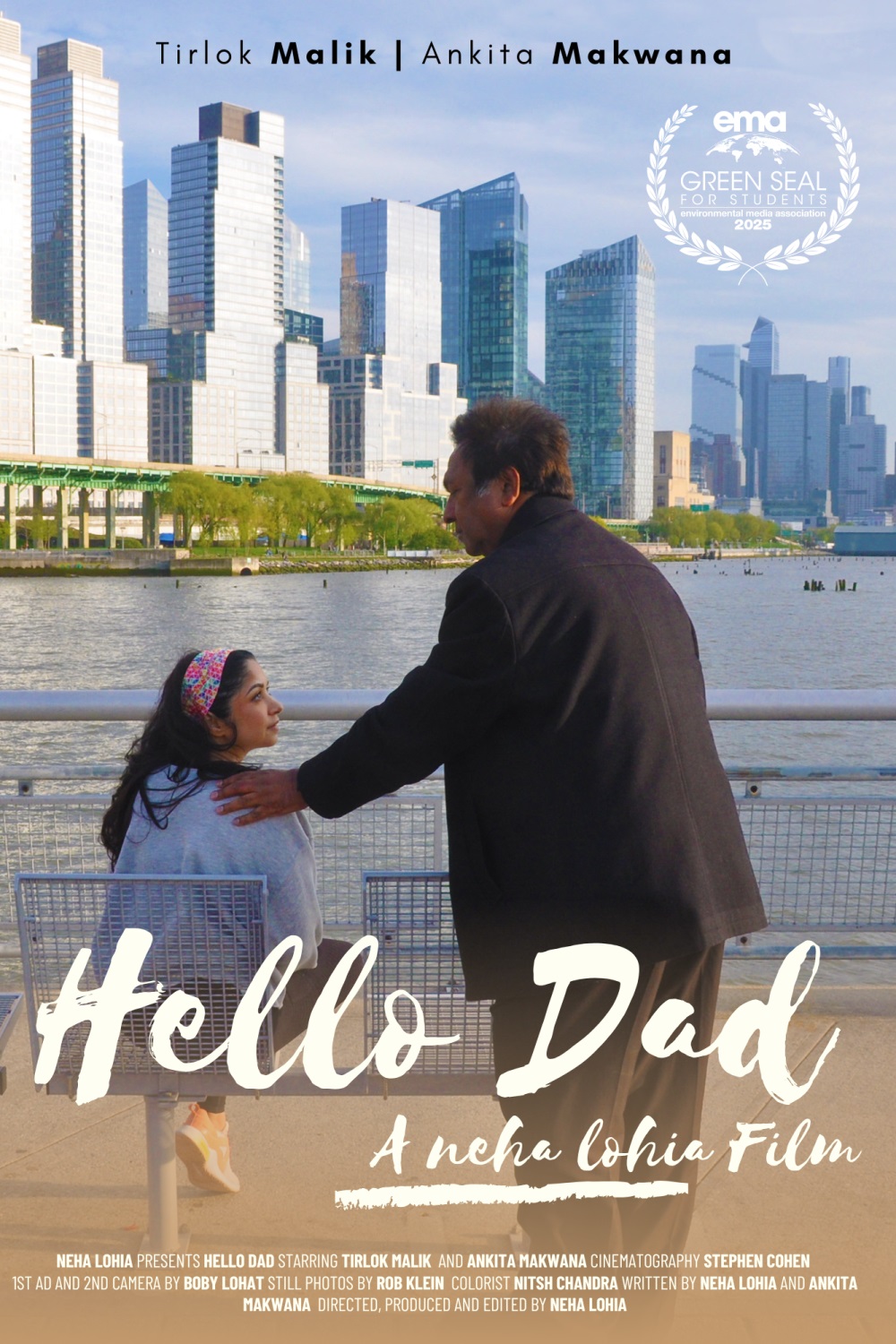
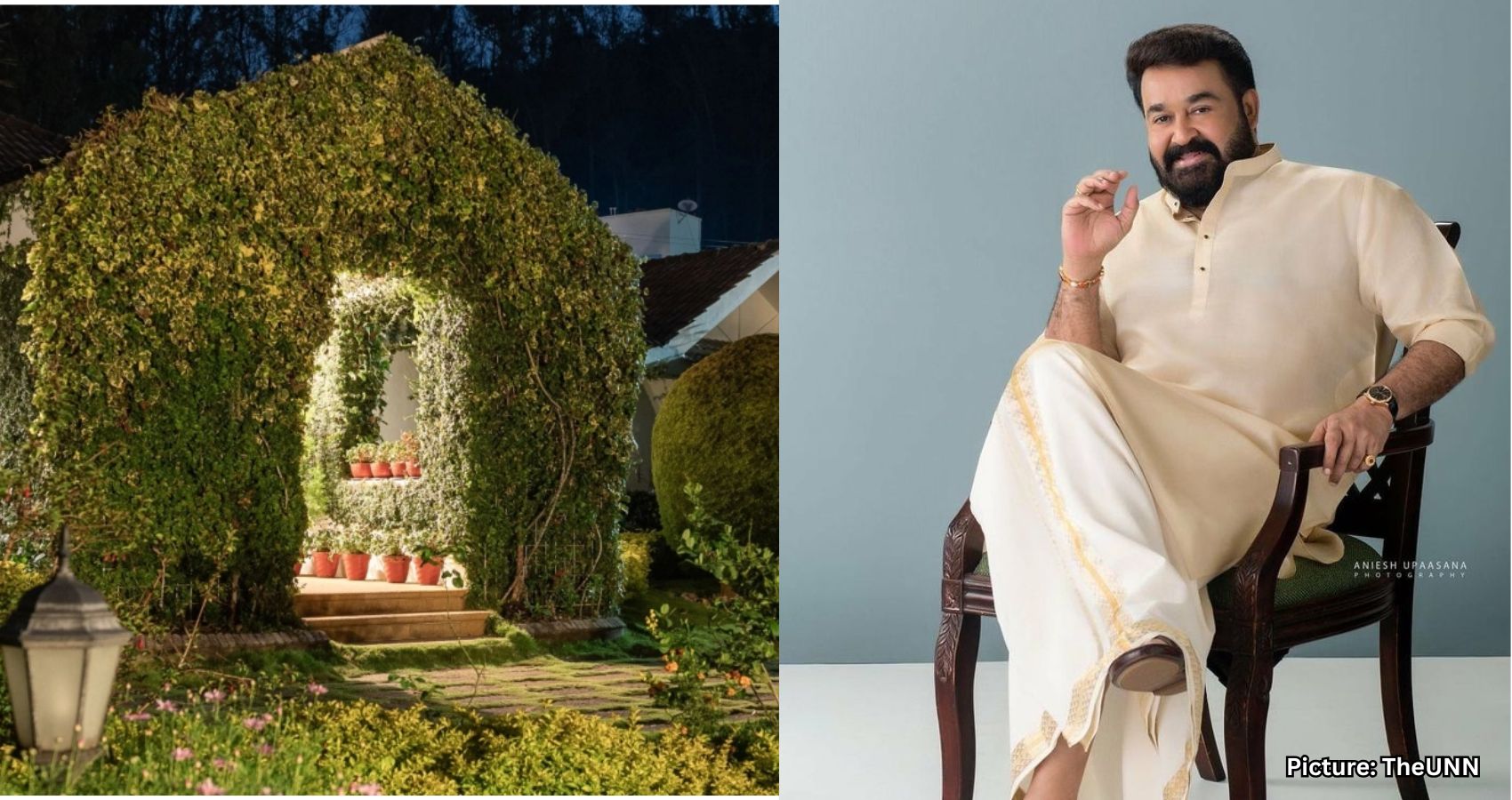

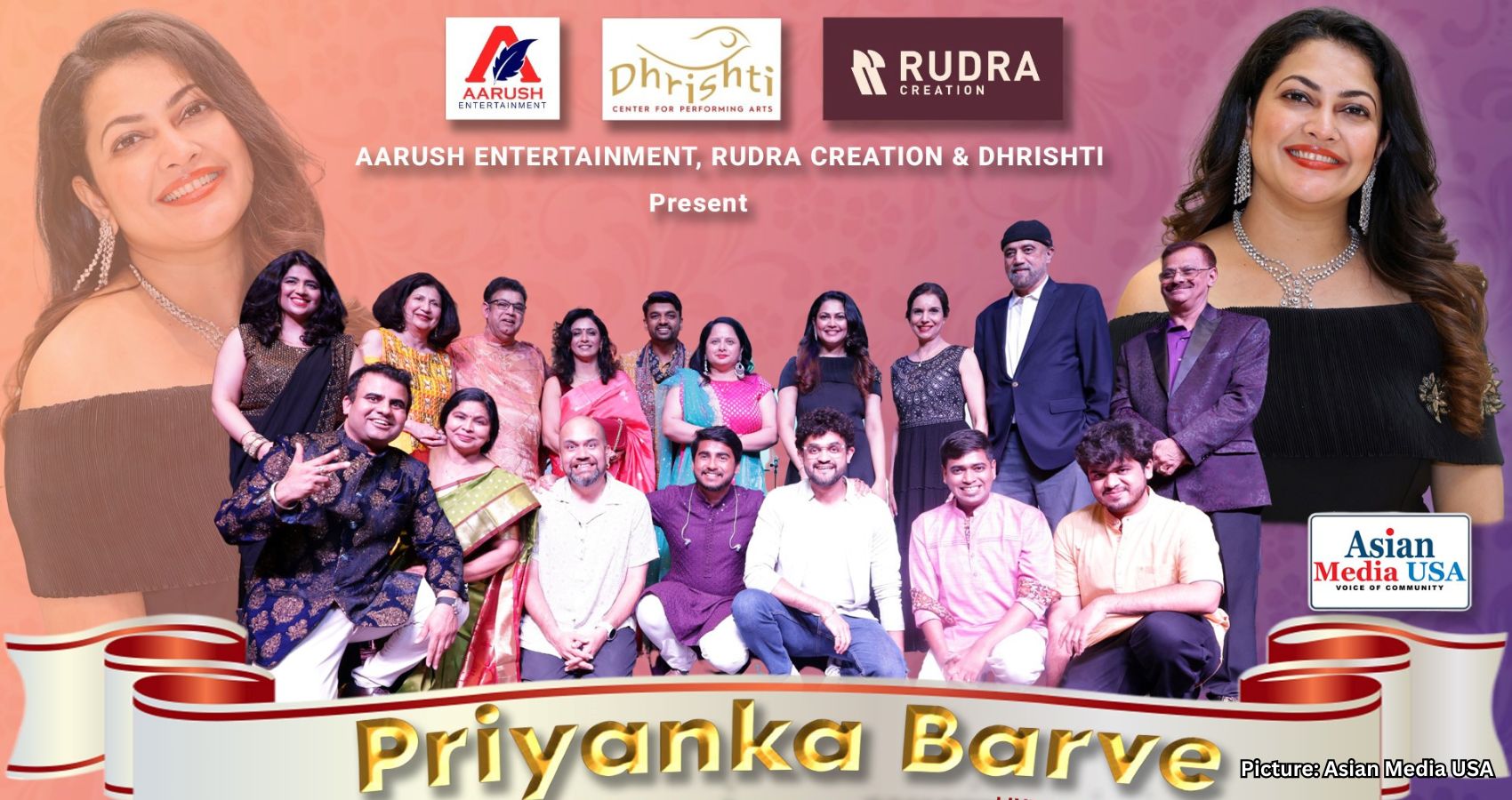
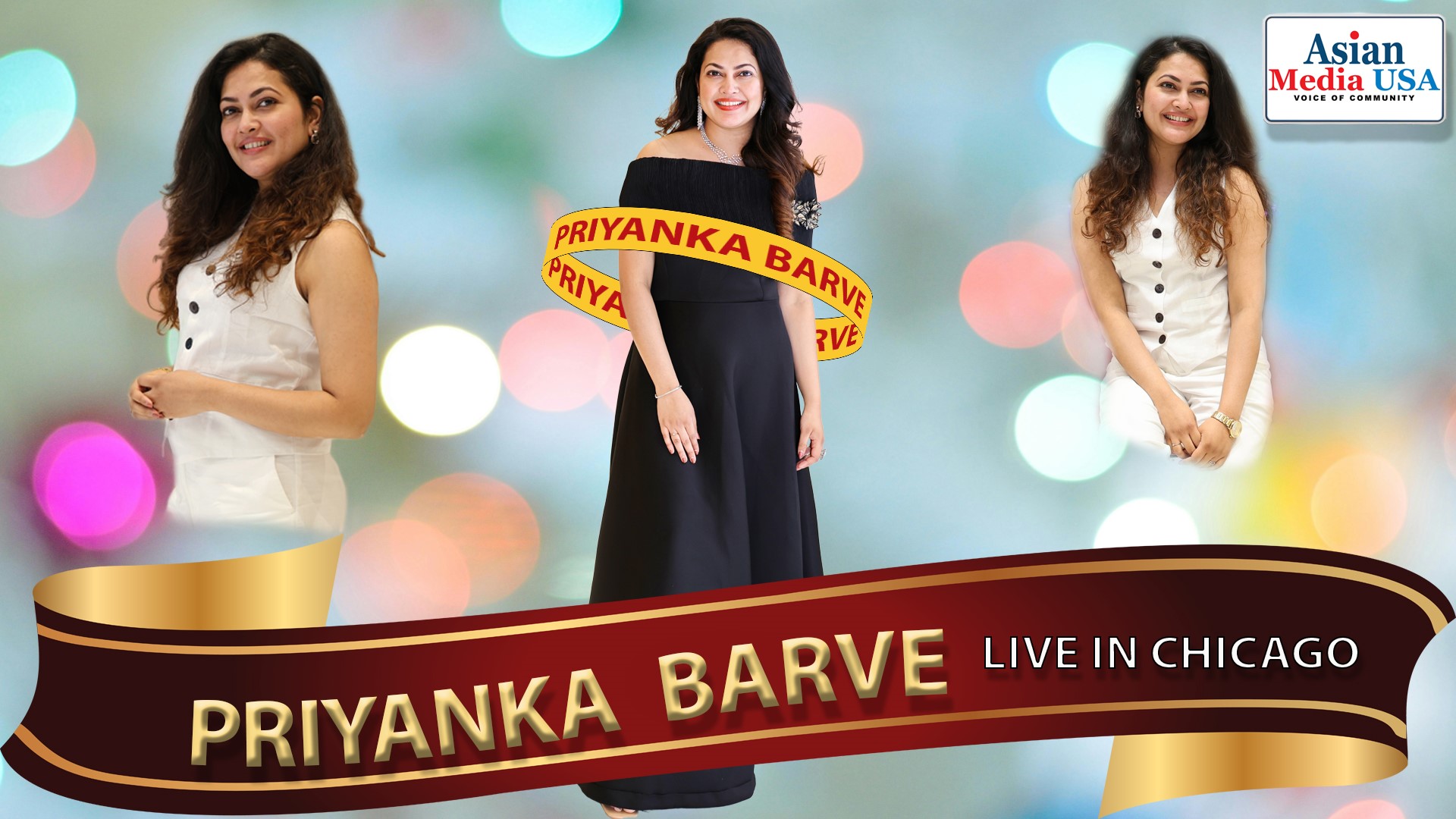 On a warm evening in Chicago, excitement filled the air at The Matrix Club as music lovers gathered for an unforgettable night of melody and memories. On June 13, 2025, at 7:00 pm, the venue hosted a special event titled “Celebrating Legendary Divas: Mughal-E-Azam’s Anarkali,” presented by Aarush Entertainment, Rudra Creation, and Dhrishti. This performance by the renowned vocalist Priyanka Barve wasn’t merely a concert — it was an emotional tribute to the legendary voices that have shaped Indian music for generations.
On a warm evening in Chicago, excitement filled the air at The Matrix Club as music lovers gathered for an unforgettable night of melody and memories. On June 13, 2025, at 7:00 pm, the venue hosted a special event titled “Celebrating Legendary Divas: Mughal-E-Azam’s Anarkali,” presented by Aarush Entertainment, Rudra Creation, and Dhrishti. This performance by the renowned vocalist Priyanka Barve wasn’t merely a concert — it was an emotional tribute to the legendary voices that have shaped Indian music for generations.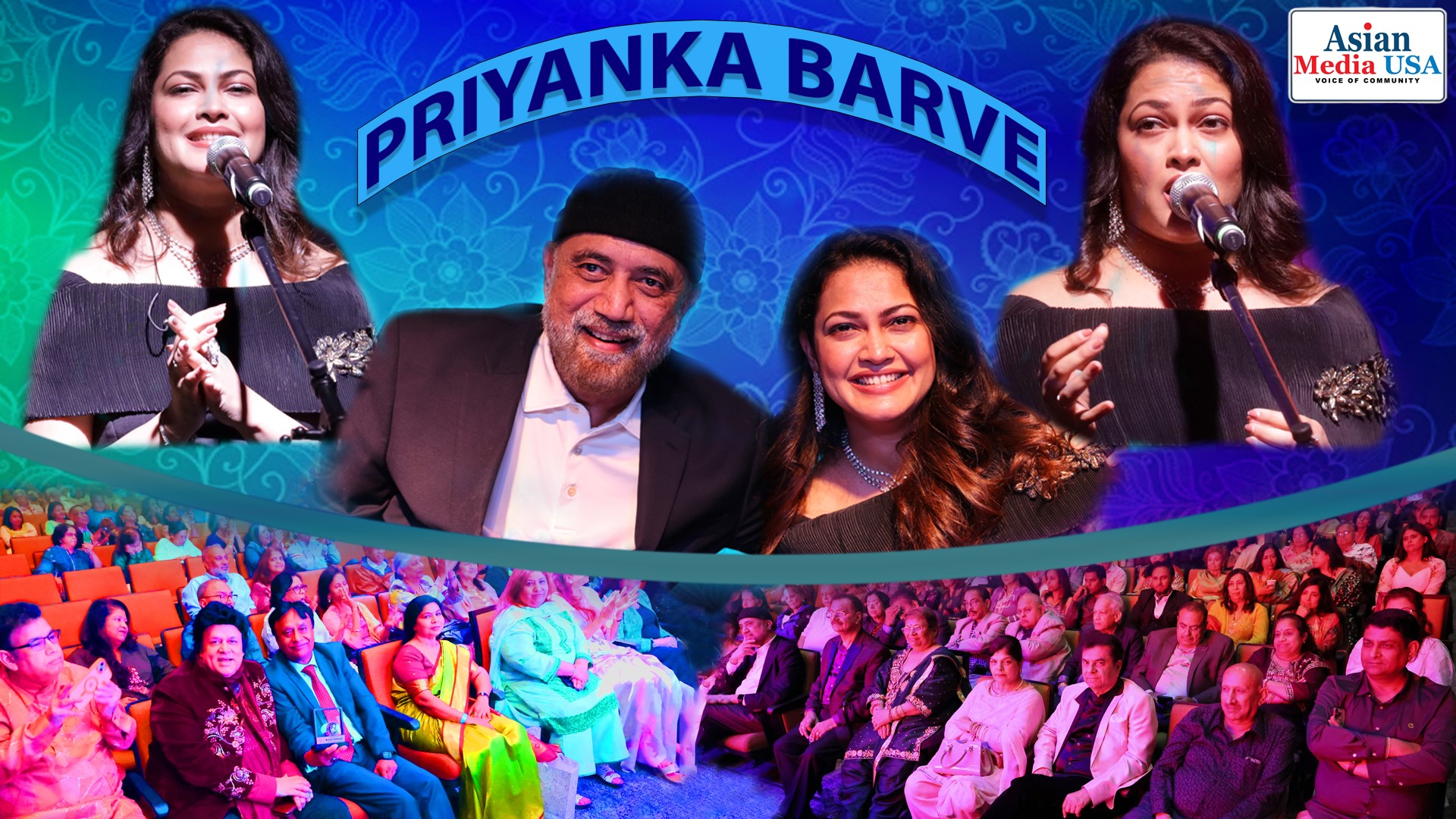 cultural heritage and musical expression. It was a full-house event, with attendees of all ages — families, friends, and music connoisseurs — coming together to immerse themselves in the musical legacy of India. The evening became a shared experience of nostalgia, reverence, and joy, leaving a lasting impression on everyone present.
cultural heritage and musical expression. It was a full-house event, with attendees of all ages — families, friends, and music connoisseurs — coming together to immerse themselves in the musical legacy of India. The evening became a shared experience of nostalgia, reverence, and joy, leaving a lasting impression on everyone present.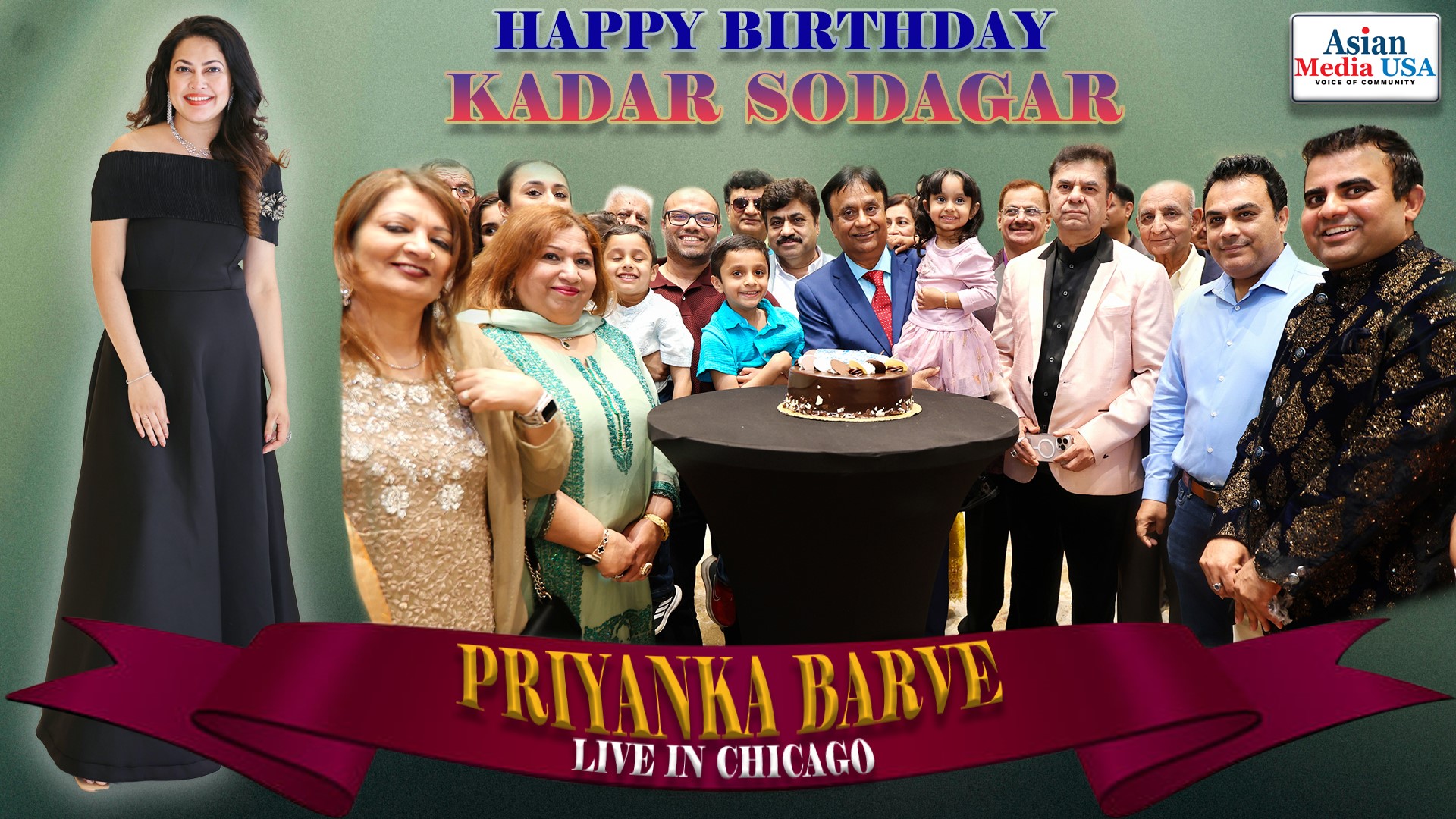 with a contemporary touch has elevated her career, but it is her portrayal of Anarkali in the stage adaptation of Mughal-E-Azam that has set her apart as a multi-dimensional artist capable of merging voice, emotion, and stage presence seamlessly.
with a contemporary touch has elevated her career, but it is her portrayal of Anarkali in the stage adaptation of Mughal-E-Azam that has set her apart as a multi-dimensional artist capable of merging voice, emotion, and stage presence seamlessly.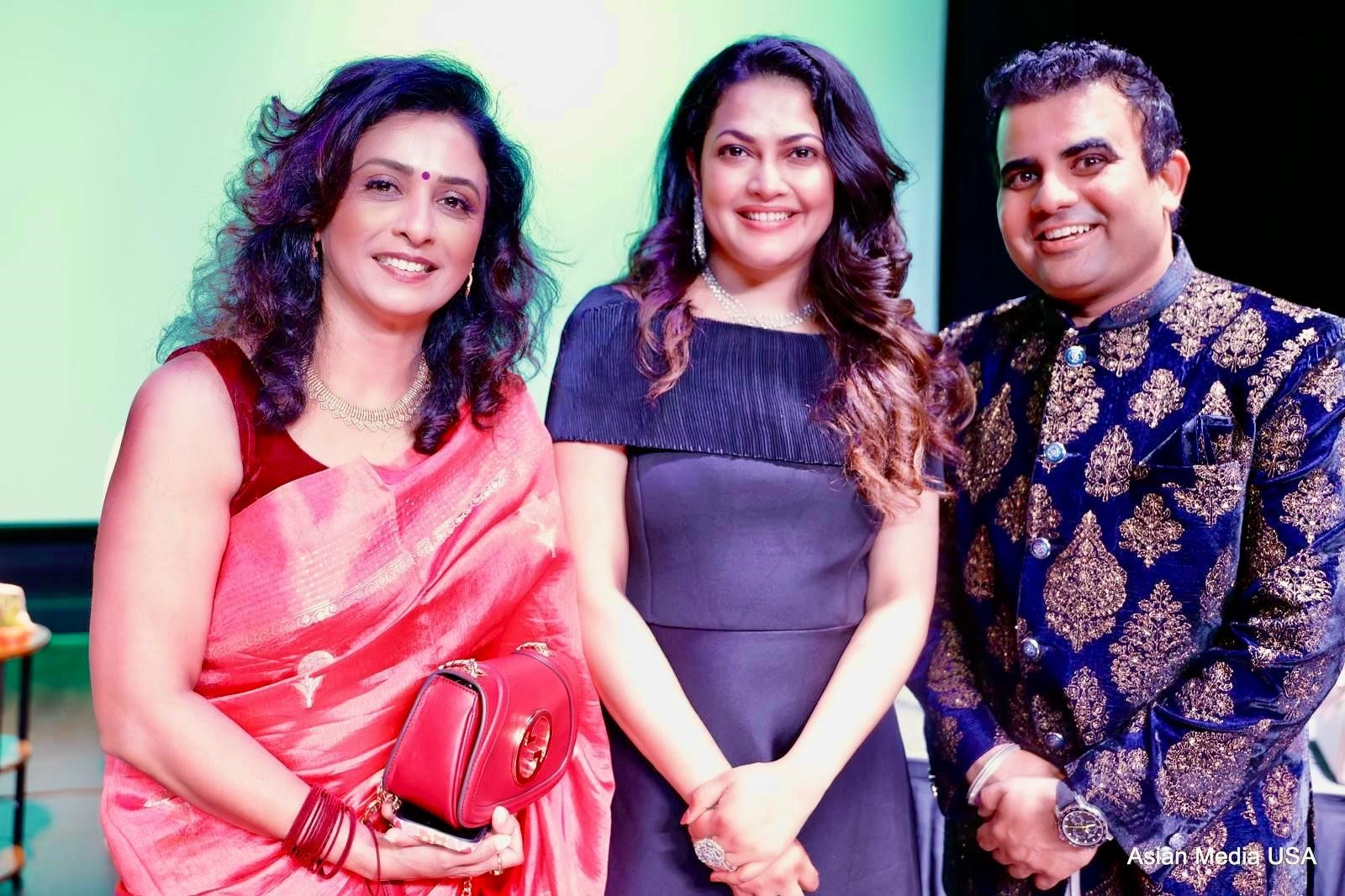 evergreen or lifting spirits with an energetic number, her voice brought each song’s story to life.
evergreen or lifting spirits with an energetic number, her voice brought each song’s story to life. Priyanka also spoke fondly of her personal connection with Chicago. “I was 21 when I first performed here. The love from this diverse audience — people from Karnataka, Maharashtra, and beyond — was overwhelming. Coming back feels like coming home,” she said, expressing her appreciation for the warmth and support of the city’s multicultural community.
Priyanka also spoke fondly of her personal connection with Chicago. “I was 21 when I first performed here. The love from this diverse audience — people from Karnataka, Maharashtra, and beyond — was overwhelming. Coming back feels like coming home,” she said, expressing her appreciation for the warmth and support of the city’s multicultural community. expressed their deep gratitude to everyone who attended, as well as to the sponsors and fellow organizers who contributed to making the evening a grand success. Their collaborative effort with Rajkumari Rathod of Rudra Creations and Dhrishti demonstrated a shared passion for promoting rich cultural experiences. “This night was not just about the music; it was about honoring our rich culture and the unity we find in it. We’re proud to bring Priyanka Barve to Chicago — a true musical gem,” said the team, underlining the emotional and cultural significance of the occasion.
expressed their deep gratitude to everyone who attended, as well as to the sponsors and fellow organizers who contributed to making the evening a grand success. Their collaborative effort with Rajkumari Rathod of Rudra Creations and Dhrishti demonstrated a shared passion for promoting rich cultural experiences. “This night was not just about the music; it was about honoring our rich culture and the unity we find in it. We’re proud to bring Priyanka Barve to Chicago — a true musical gem,” said the team, underlining the emotional and cultural significance of the occasion.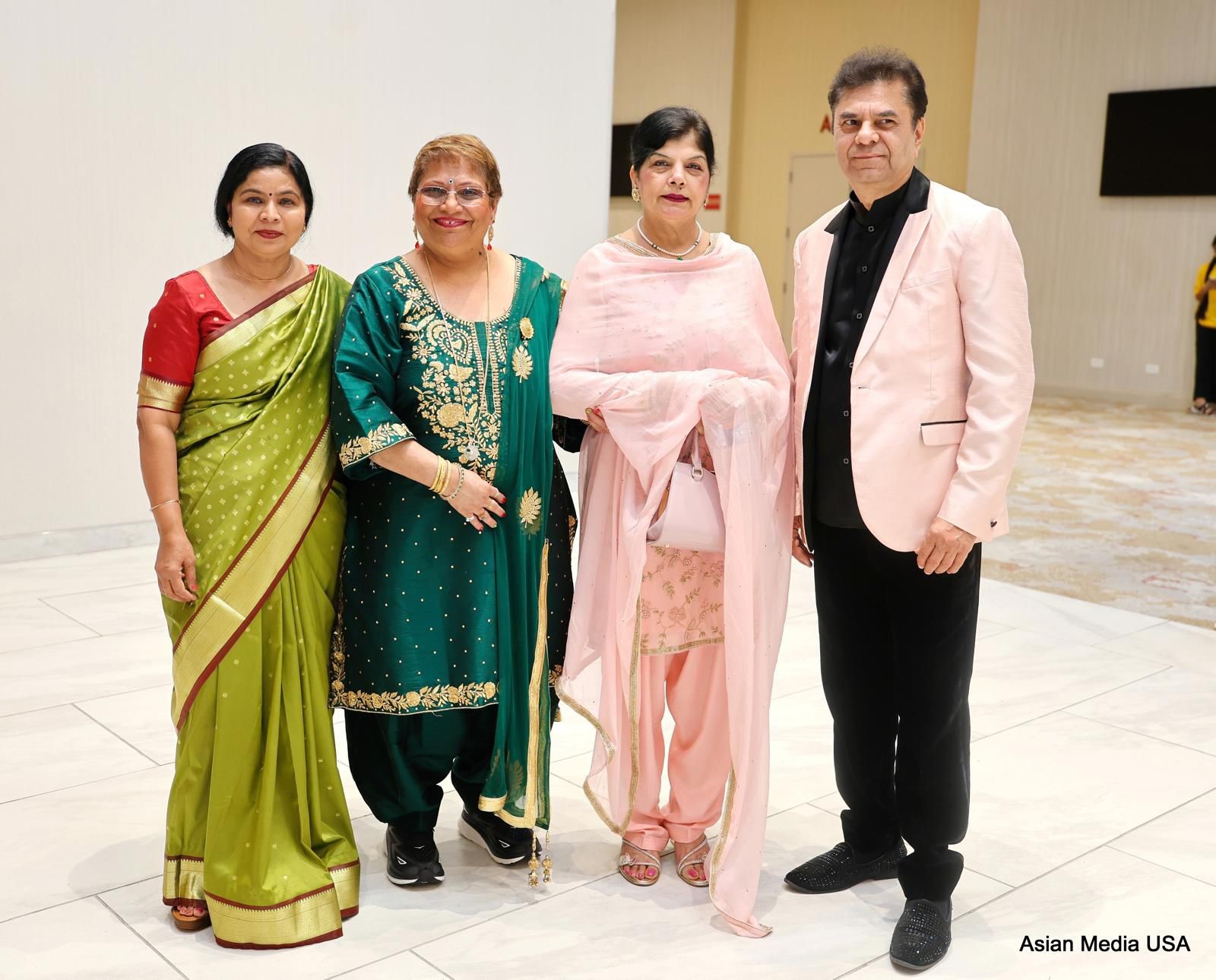 Suresh Bodiwala, Chairman of Asian Media USA, echoed the importance of the concert in highlighting the role of cultural unity through the arts. “We are proud to support Priyanka Barve’s extraordinary concert, a celebration of musical excellence and cultural unity. This event underscores our commitment to promoting diverse artistic talent and fostering community engagement through the universal language of music,” he said. Recognizing the power of music to transcend boundaries, he praised the concert for honoring the timeless voices that continue to inspire. “She brought vocal magic to Chicago, paying homage to the legendary divas — Lata Mangeshkar, Asha Bhosle, Shreya Ghoshal — whose voices have defined generations,” he added.
Suresh Bodiwala, Chairman of Asian Media USA, echoed the importance of the concert in highlighting the role of cultural unity through the arts. “We are proud to support Priyanka Barve’s extraordinary concert, a celebration of musical excellence and cultural unity. This event underscores our commitment to promoting diverse artistic talent and fostering community engagement through the universal language of music,” he said. Recognizing the power of music to transcend boundaries, he praised the concert for honoring the timeless voices that continue to inspire. “She brought vocal magic to Chicago, paying homage to the legendary divas — Lata Mangeshkar, Asha Bhosle, Shreya Ghoshal — whose voices have defined generations,” he added.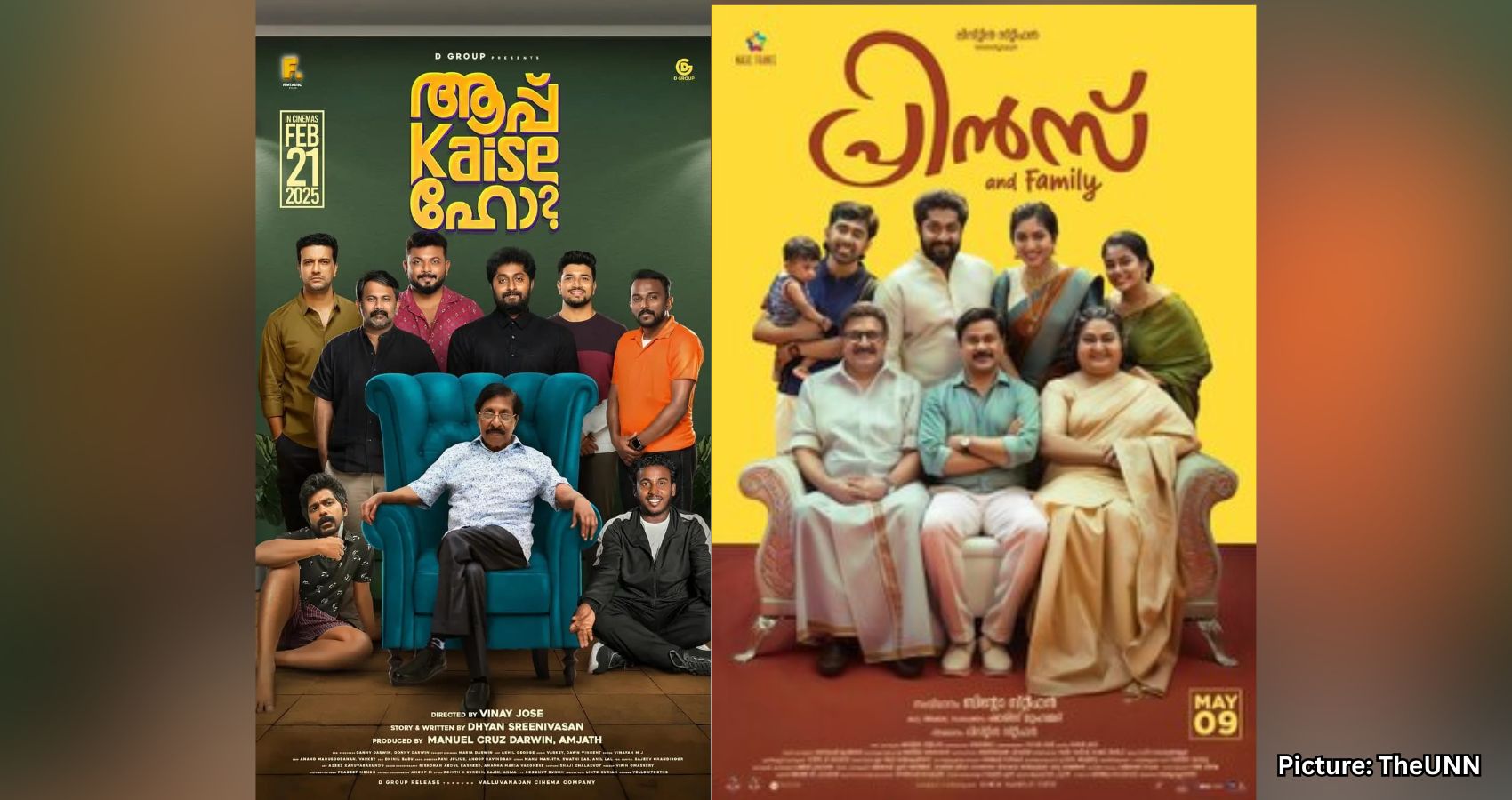

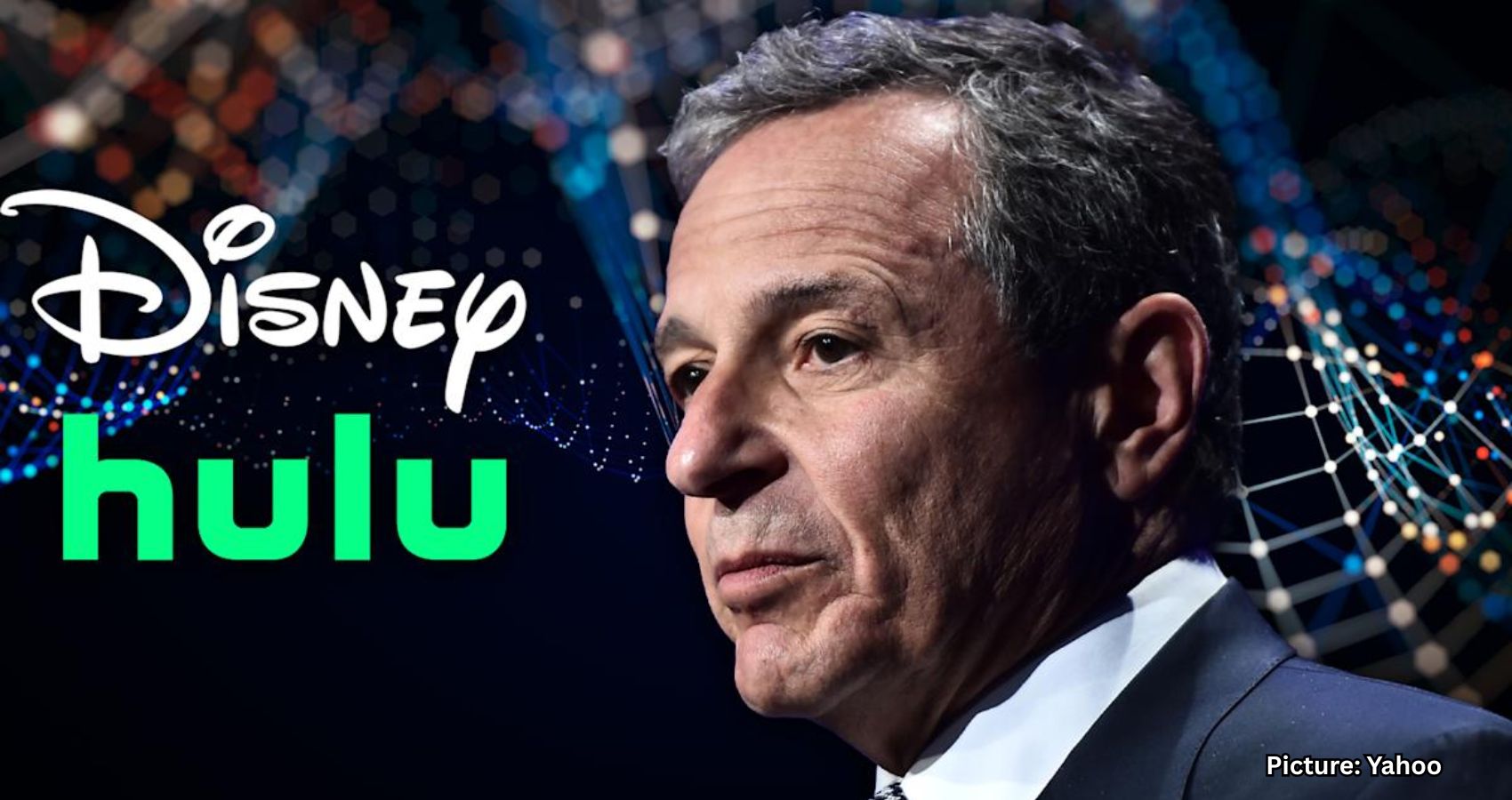

 Sunday, July 27, 2025
Sunday, July 27, 2025 Krasnoff Theater, Tilles Center at LIU
Krasnoff Theater, Tilles Center at LIU VIP Reception: 5:00 – 6:30 PM
VIP Reception: 5:00 – 6:30 PM Doors Open: 6:30 PM
Doors Open: 6:30 PM Showtime: 7:00 – 9:00 PM
Showtime: 7:00 – 9:00 PM TICKETS & INFORMATION:
TICKETS & INFORMATION:

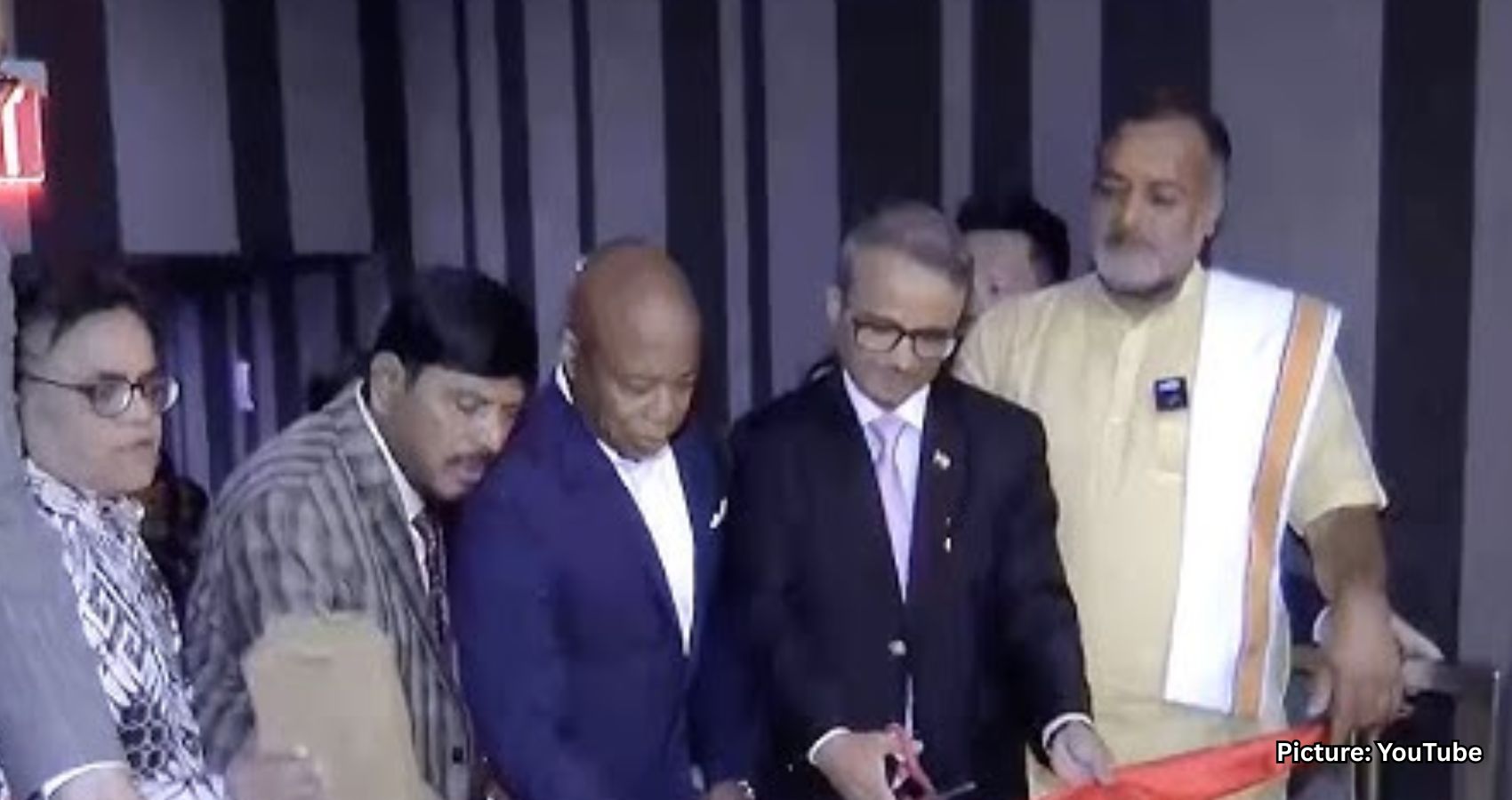

 Serving as a cultural showcase and tribute to the enduring legacy of Indian classical music, the event harmonized tradition with emotional storytelling. Anchoring the evening was the eloquent Amin Haider, whose articulate hosting and thoughtful commentary added significant depth to the program. Haider’s narration was not just informative but evocative, highlighting several memorable moments from Ustad Ghulam Abbas Khan’s life and career. A particularly striking story he shared revolved around a young Ghulam Abbas, only 16 at the time, who had to perform Hindustani classical music at Delhi’s Daulat Ram College—a genre then unfamiliar to him. Despite his lack of experience, the young artist impressed none other than Pandit Debu Chaudhary. So captivated was the maestro that he interrupted the concert to tune the tanpura himself, allowing Ghulam Abbas to shine at his best. As Haider described, this story was emblematic of “the resilience and passion of a maestro whose name is synonymous with excellence.”
Serving as a cultural showcase and tribute to the enduring legacy of Indian classical music, the event harmonized tradition with emotional storytelling. Anchoring the evening was the eloquent Amin Haider, whose articulate hosting and thoughtful commentary added significant depth to the program. Haider’s narration was not just informative but evocative, highlighting several memorable moments from Ustad Ghulam Abbas Khan’s life and career. A particularly striking story he shared revolved around a young Ghulam Abbas, only 16 at the time, who had to perform Hindustani classical music at Delhi’s Daulat Ram College—a genre then unfamiliar to him. Despite his lack of experience, the young artist impressed none other than Pandit Debu Chaudhary. So captivated was the maestro that he interrupted the concert to tune the tanpura himself, allowing Ghulam Abbas to shine at his best. As Haider described, this story was emblematic of “the resilience and passion of a maestro whose name is synonymous with excellence.”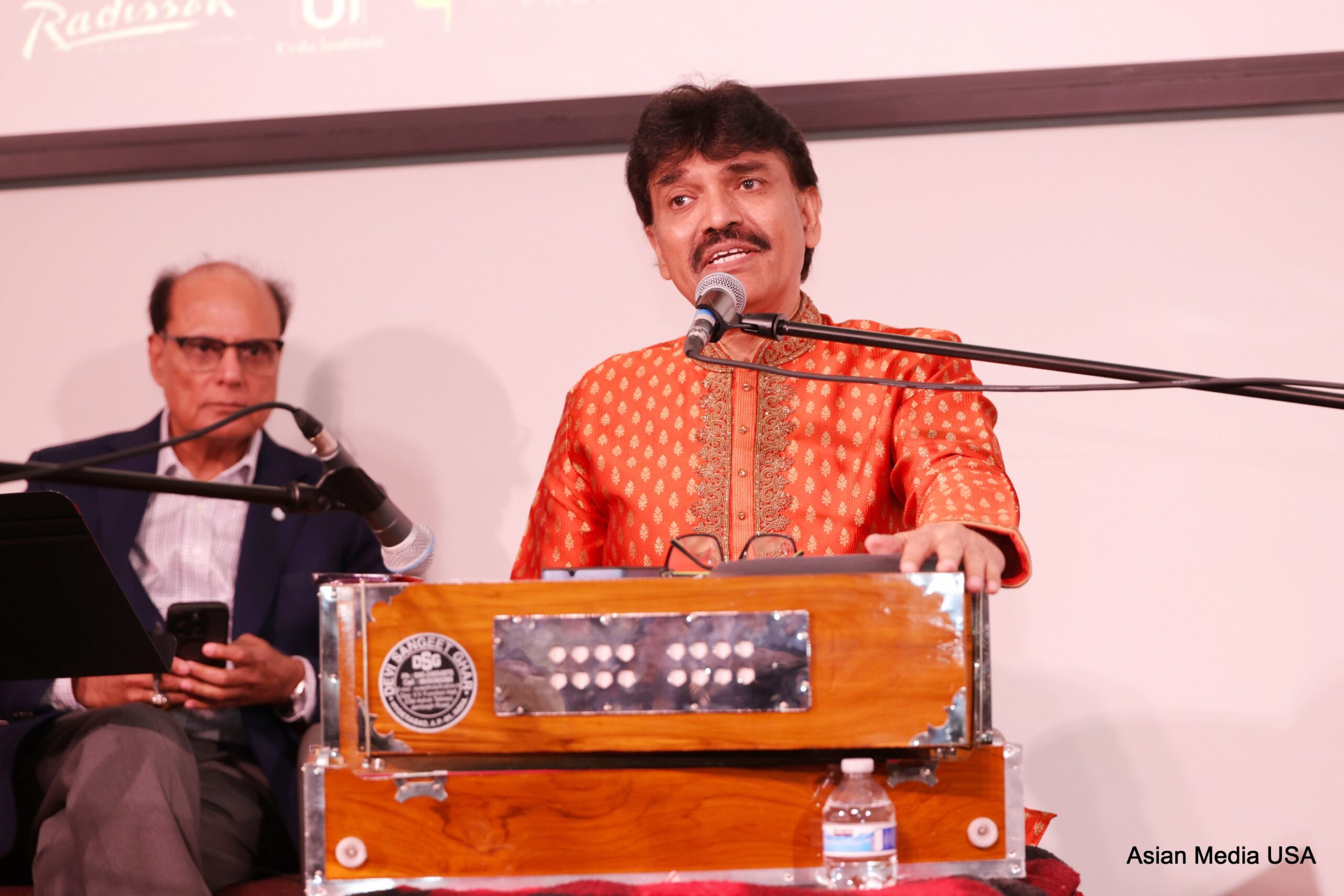 performance that was as spiritually uplifting as it was technically flawless. He seamlessly navigated an array of musical forms, from khayal and thumri to dadra, Sufi kalams, bhajans, and ghazals. Audiences were deeply moved by his performance of Raga Puriya Kalyan and original and traditional bandishes like “More Ghar Aaja” and “Ab To Tumhi Sang Lagan Lagai.” His ability to infuse these centuries-old compositions with fresh emotion and contemporary nuance was nothing short of mesmerizing. The performance bore the unmistakable imprint of his artistic lineage—being the son of Padmashri Ustad Ghulam Sadiq Khan, and the maternal grandson of Padmabhushan Ustad Mushtaq Husain Khan.
performance that was as spiritually uplifting as it was technically flawless. He seamlessly navigated an array of musical forms, from khayal and thumri to dadra, Sufi kalams, bhajans, and ghazals. Audiences were deeply moved by his performance of Raga Puriya Kalyan and original and traditional bandishes like “More Ghar Aaja” and “Ab To Tumhi Sang Lagan Lagai.” His ability to infuse these centuries-old compositions with fresh emotion and contemporary nuance was nothing short of mesmerizing. The performance bore the unmistakable imprint of his artistic lineage—being the son of Padmashri Ustad Ghulam Sadiq Khan, and the maternal grandson of Padmabhushan Ustad Mushtaq Husain Khan.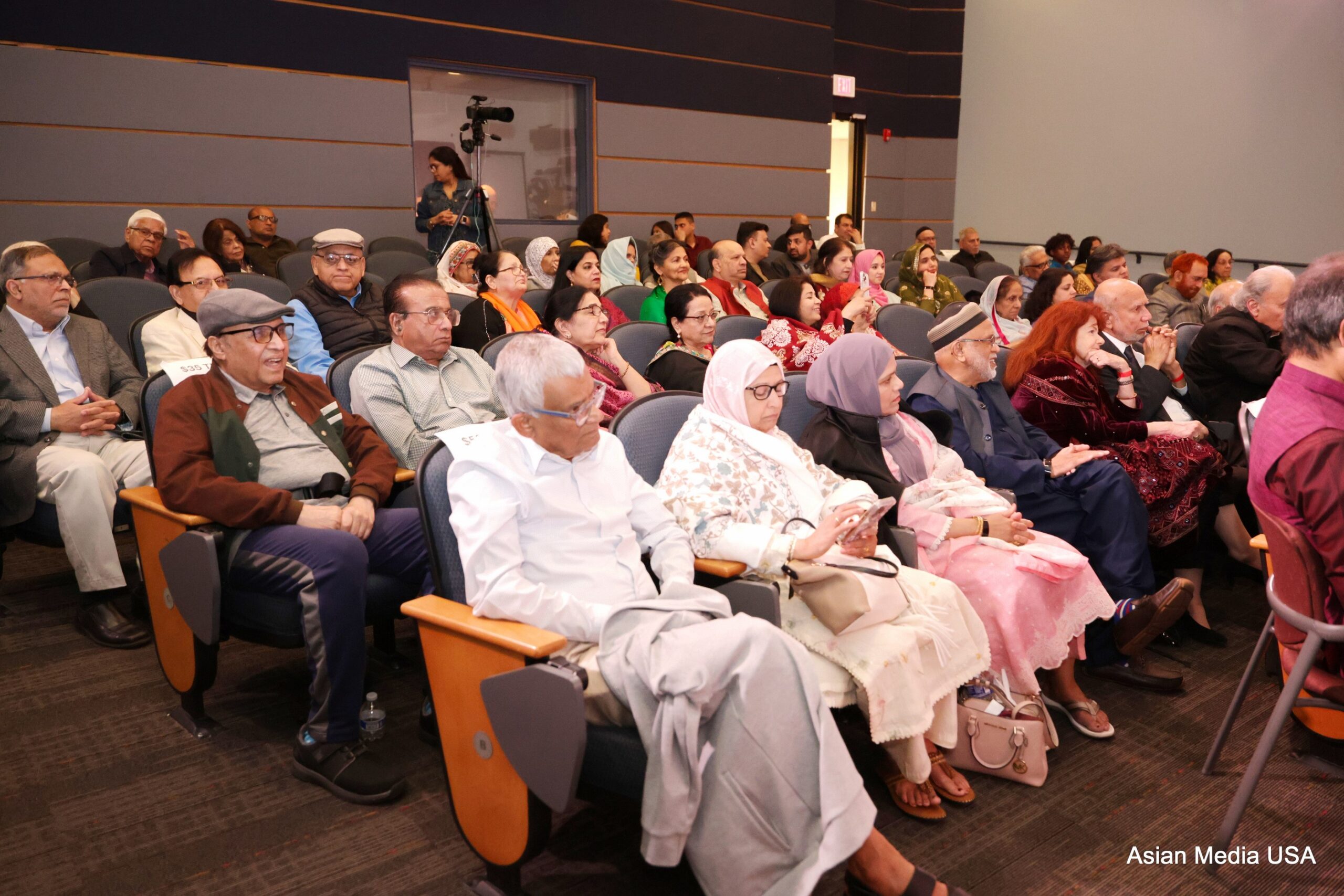 Adding a local flavor to the evening, Chicago-based vocalist Payel Ganguly gave a brief yet impactful performance that paid homage to the same musical traditions Ustad Ghulam Abbas embodies. Her rendition was heartfelt and authentic, resonating powerfully with the audience. The crowd responded with enthusiastic applause, affirming her rising status in the realm of classical music.
Adding a local flavor to the evening, Chicago-based vocalist Payel Ganguly gave a brief yet impactful performance that paid homage to the same musical traditions Ustad Ghulam Abbas embodies. Her rendition was heartfelt and authentic, resonating powerfully with the audience. The crowd responded with enthusiastic applause, affirming her rising status in the realm of classical music.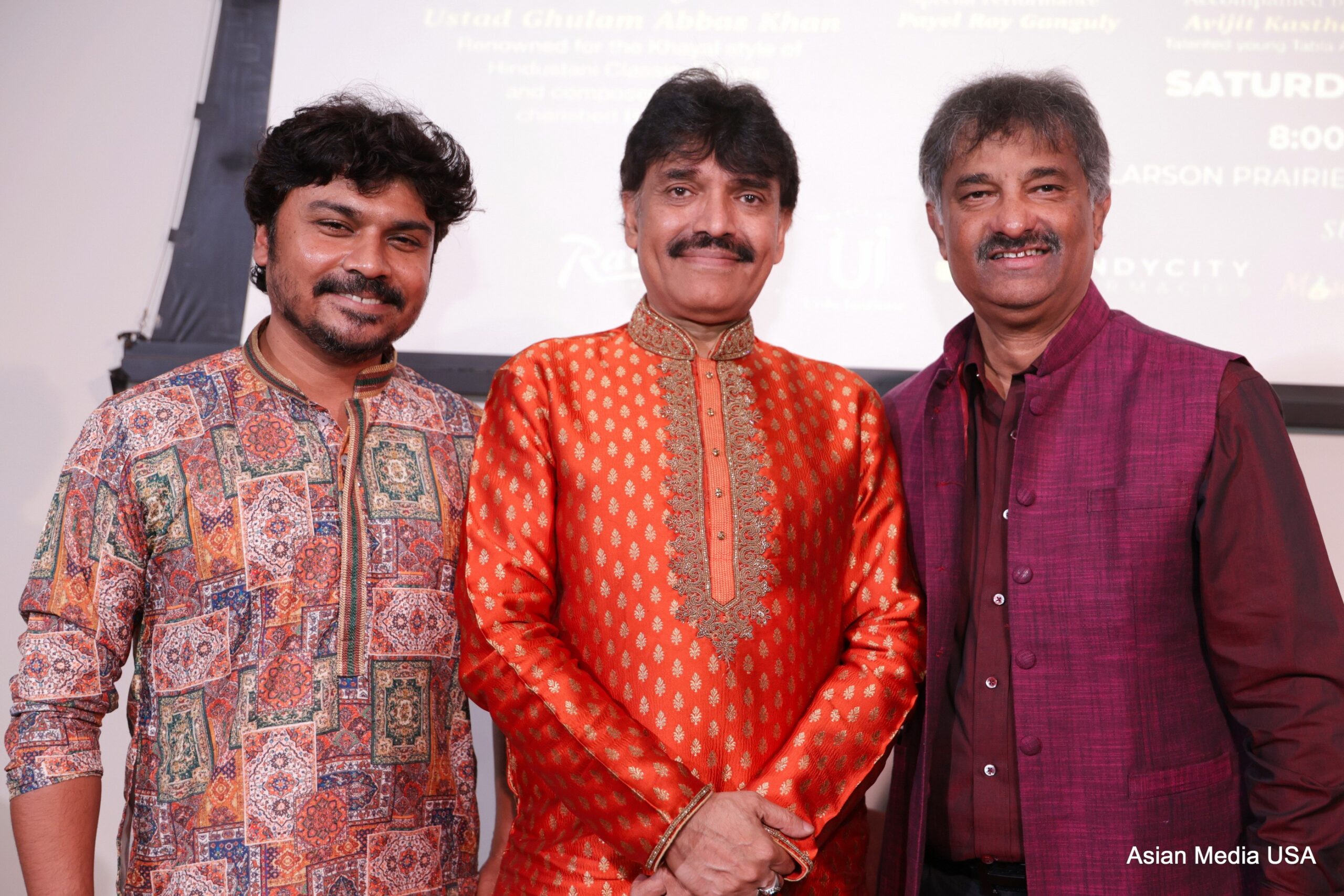 Kastha delivered a stunning rhythmic performance, displaying a maturity and finesse that belied his age. His intricate patterns and subtle flourishes aligned flawlessly with the vocal cadences, creating a musical dialogue that captivated listeners throughout the night.
Kastha delivered a stunning rhythmic performance, displaying a maturity and finesse that belied his age. His intricate patterns and subtle flourishes aligned flawlessly with the vocal cadences, creating a musical dialogue that captivated listeners throughout the night. emphasizing the evening’s significance as a unifying cultural moment for the South Asian community in Chicago. Though Mr. Iftekhar Sharif, the designated chief guest, was unable to attend due to unforeseen scheduling issues, the event was graced by the esteemed ghazal singer Amir Mohammed Khan, who appeared as the Guest of Honor.
emphasizing the evening’s significance as a unifying cultural moment for the South Asian community in Chicago. Though Mr. Iftekhar Sharif, the designated chief guest, was unable to attend due to unforeseen scheduling issues, the event was graced by the esteemed ghazal singer Amir Mohammed Khan, who appeared as the Guest of Honor.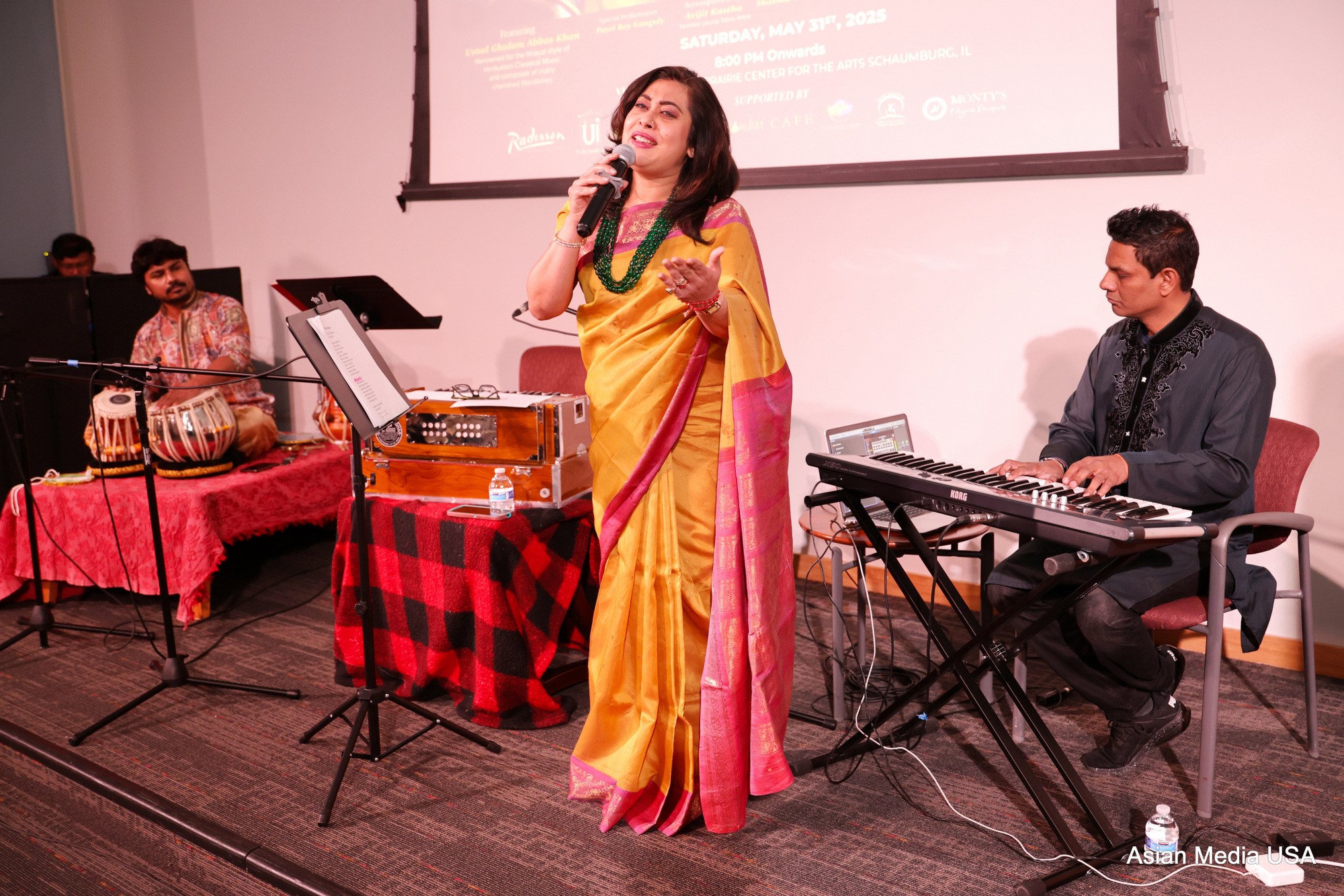 and contributions to Hindustani classical music have earned him several prestigious honors. These include the Central Fellowship Award from India’s Ministry of Culture, the Global Achievement Award in 2017, and the Dr. Radhakrishnan Award in 2018. One of the pinnacles of his career was a performance at the President’s House during the tenure of Dr. APJ Abdul Kalam—an event that remains a highlight in his professional journey.
and contributions to Hindustani classical music have earned him several prestigious honors. These include the Central Fellowship Award from India’s Ministry of Culture, the Global Achievement Award in 2017, and the Dr. Radhakrishnan Award in 2018. One of the pinnacles of his career was a performance at the President’s House during the tenure of Dr. APJ Abdul Kalam—an event that remains a highlight in his professional journey. Ali’s Catering ensured that guests were well-fed, while Ena Agnihotri of the Radisson Hotel in Schaumburg provided additional hospitality support. Other significant contributors included the Urdu Institute and Aftab Baig of Monty’s Banquet. Their collective efforts helped transform the evening into more than just a concert—it became a holistic celebration of culture, heritage, and music.
Ali’s Catering ensured that guests were well-fed, while Ena Agnihotri of the Radisson Hotel in Schaumburg provided additional hospitality support. Other significant contributors included the Urdu Institute and Aftab Baig of Monty’s Banquet. Their collective efforts helped transform the evening into more than just a concert—it became a holistic celebration of culture, heritage, and music.


